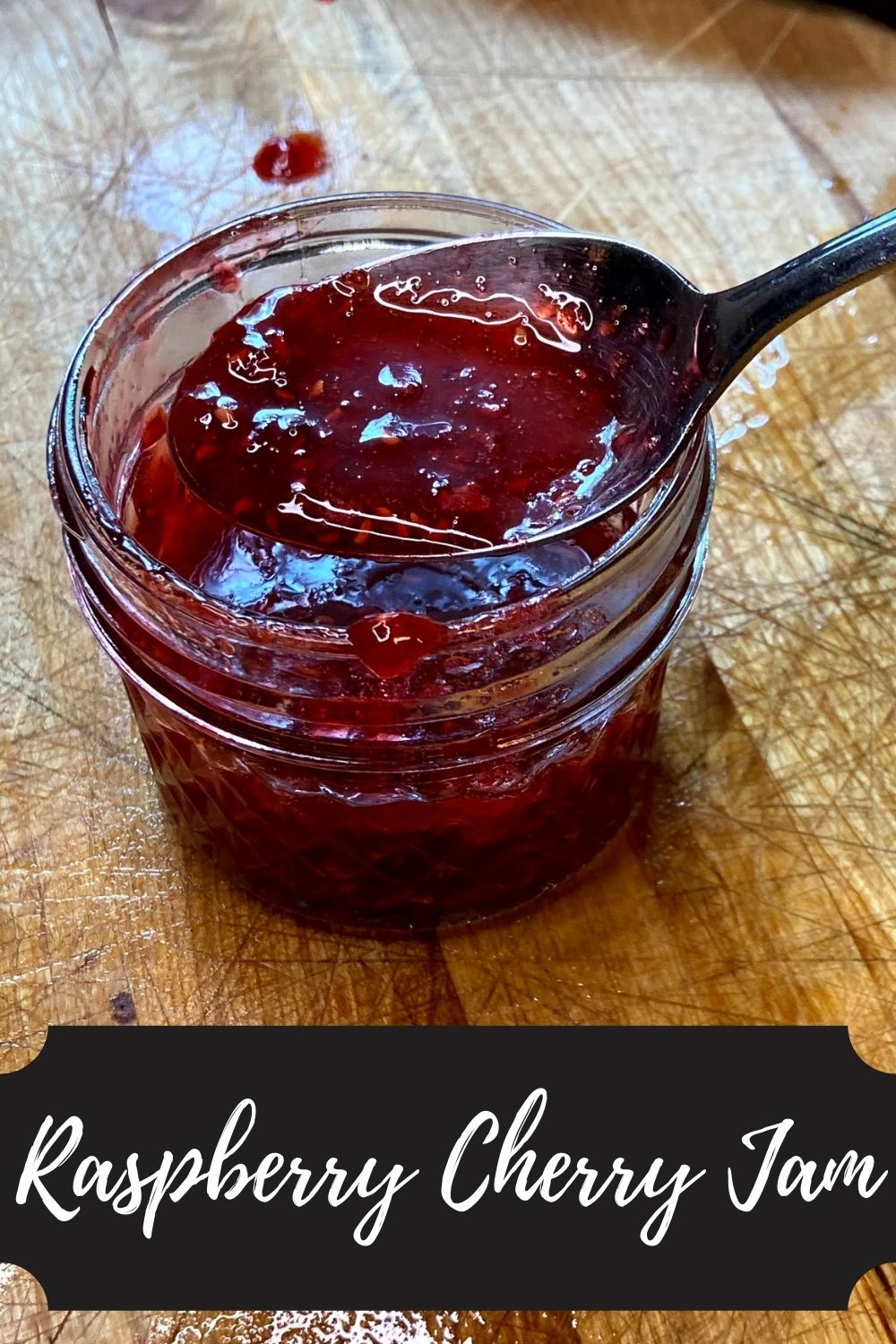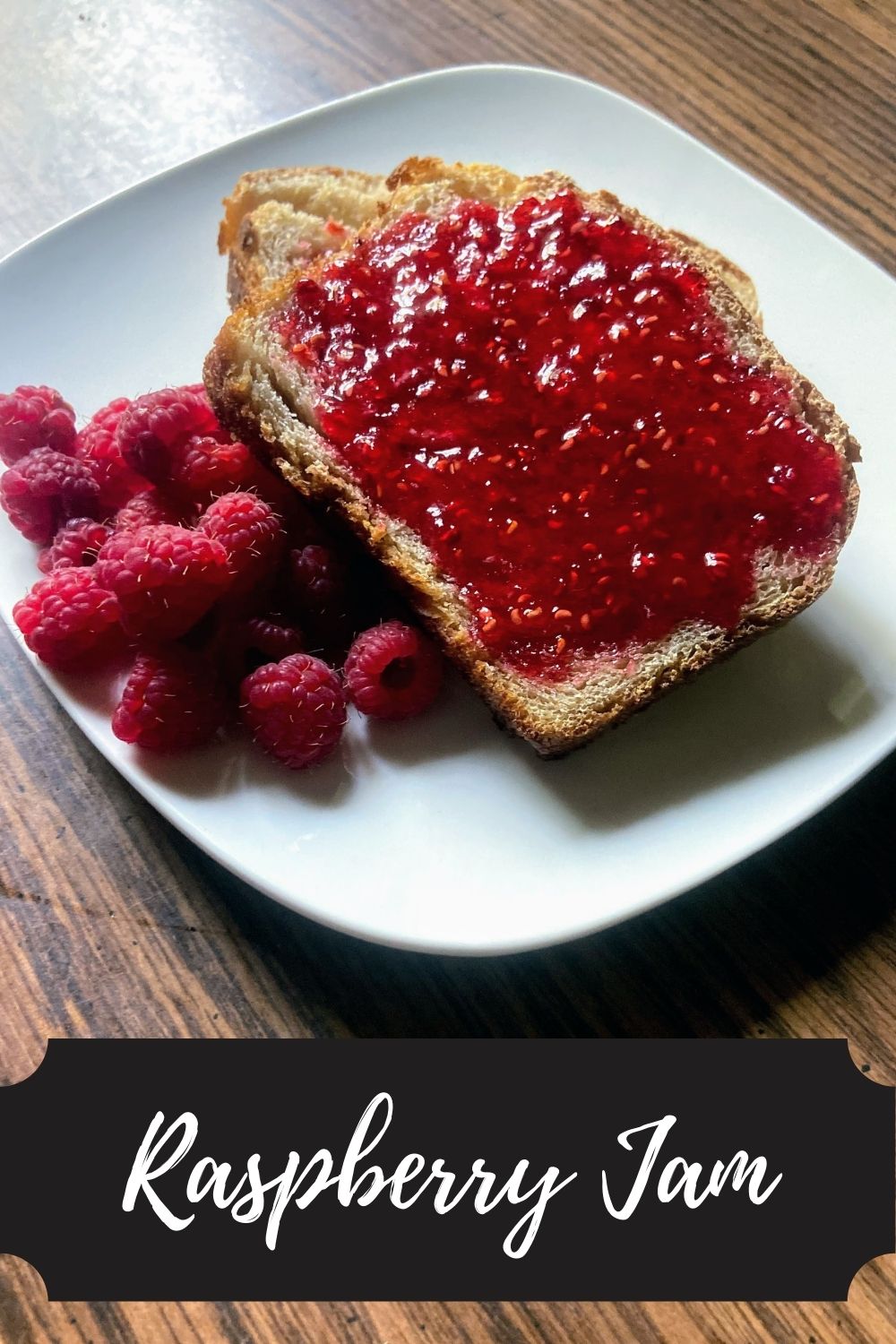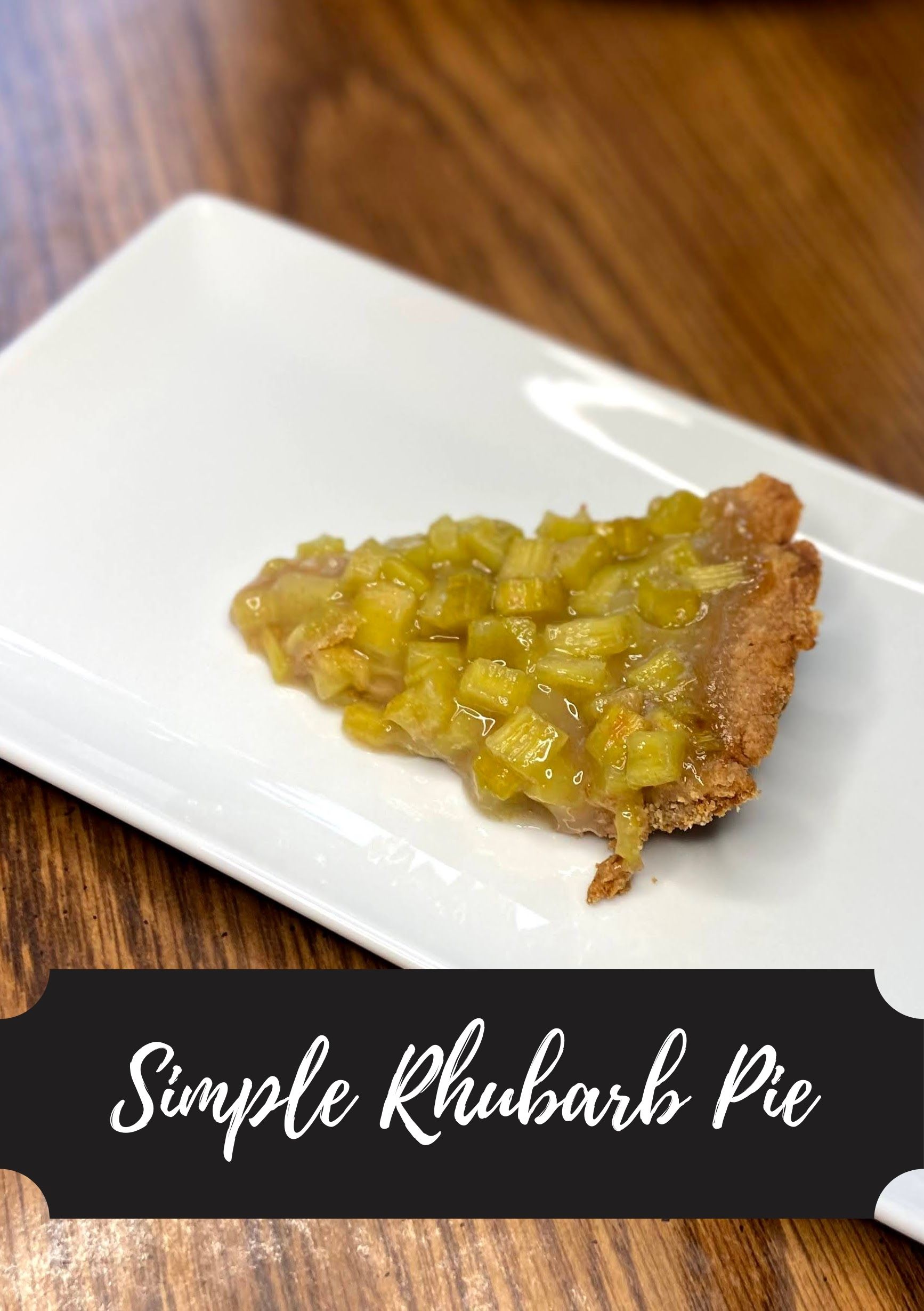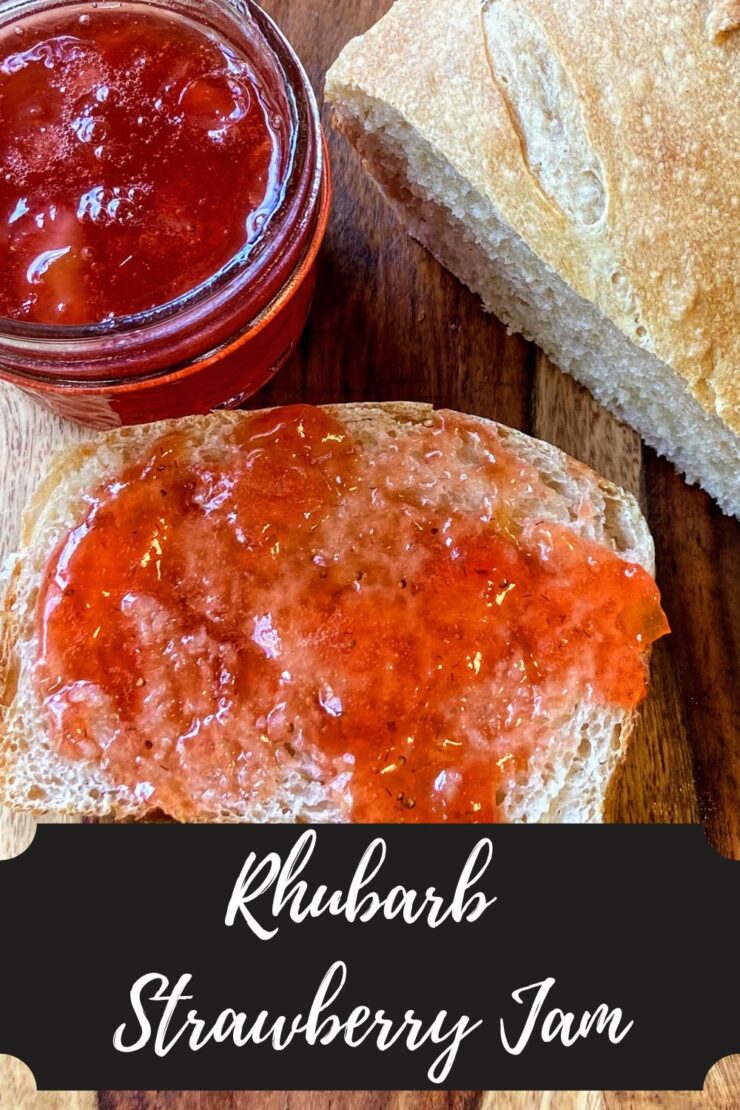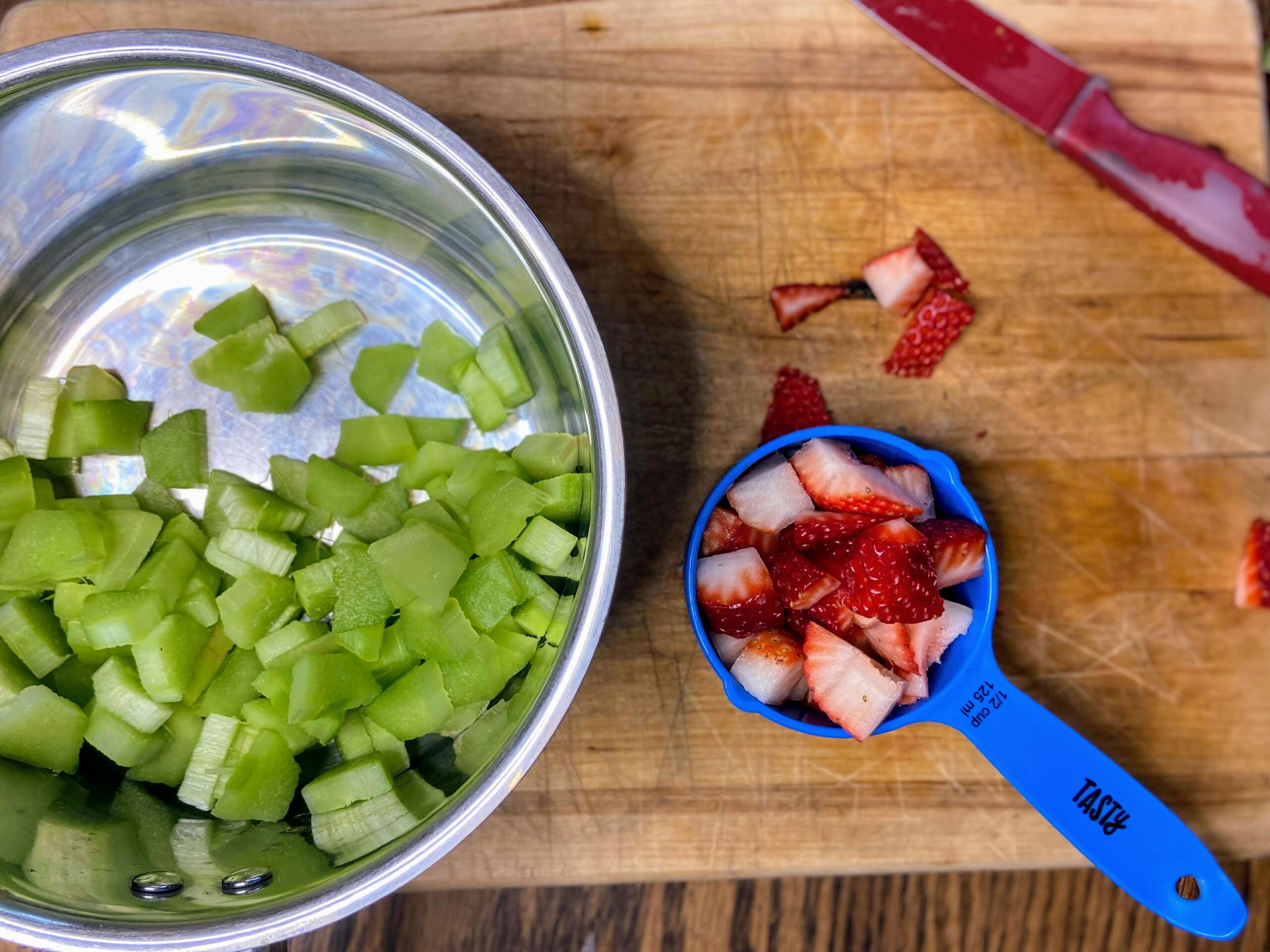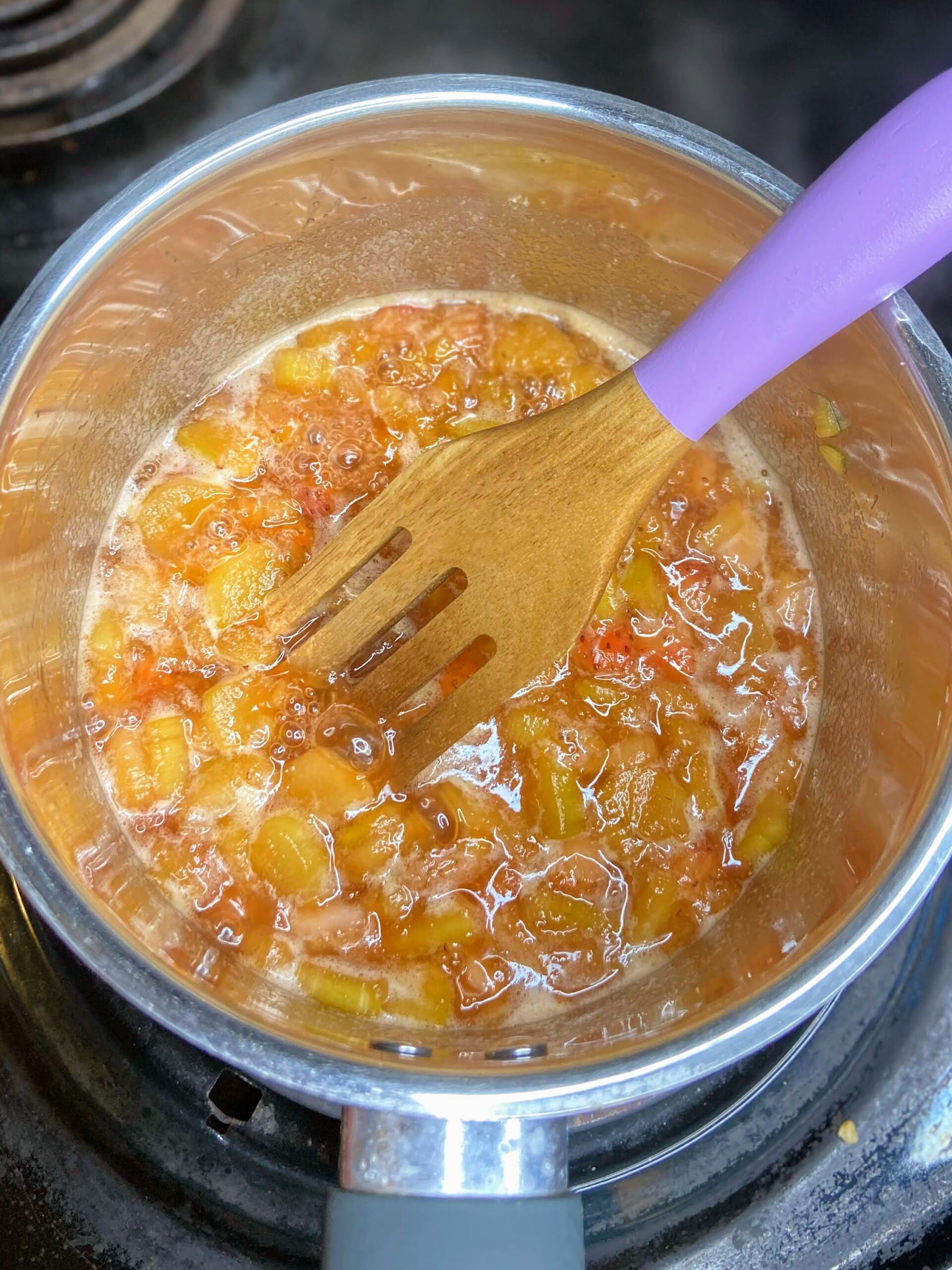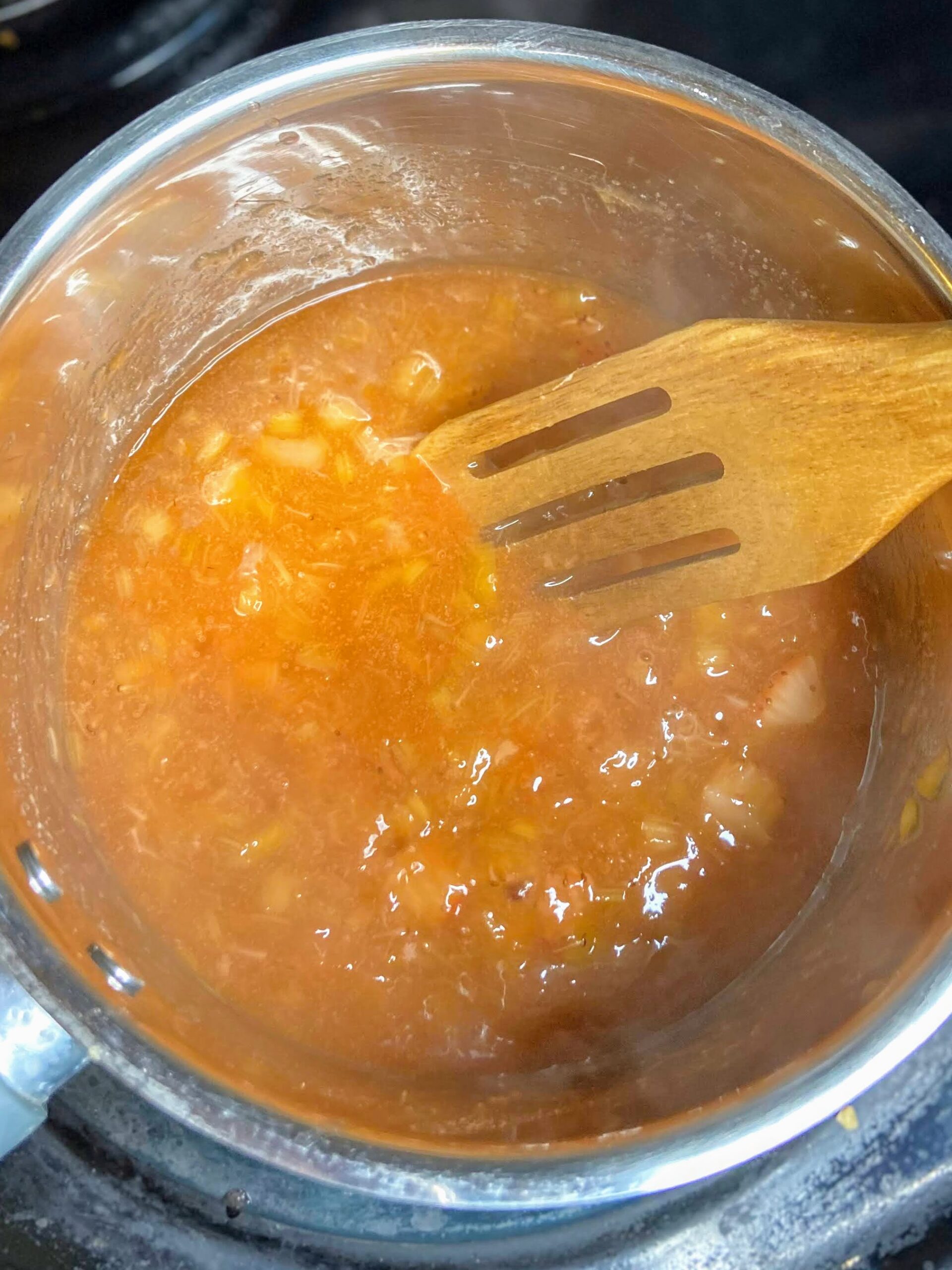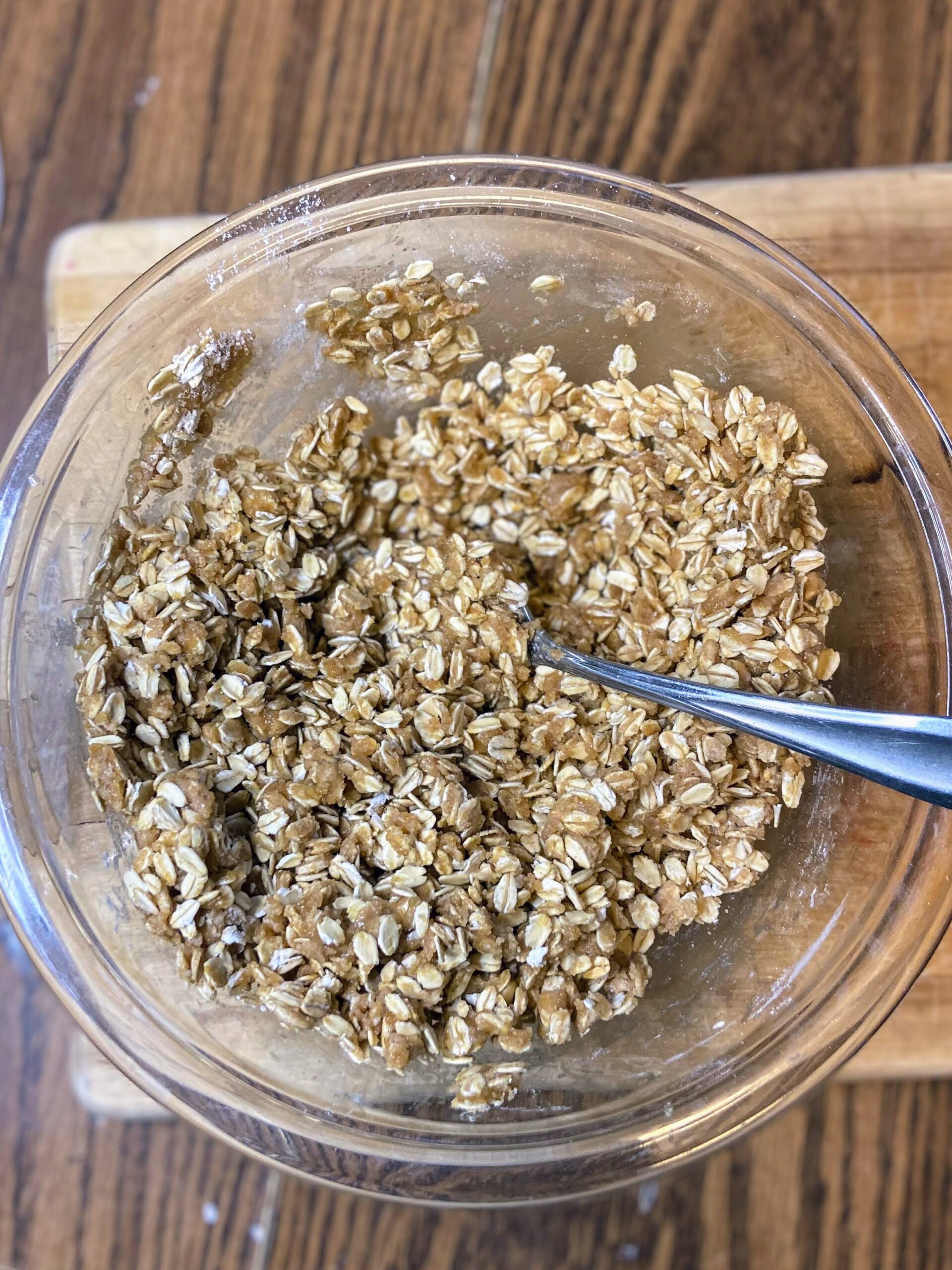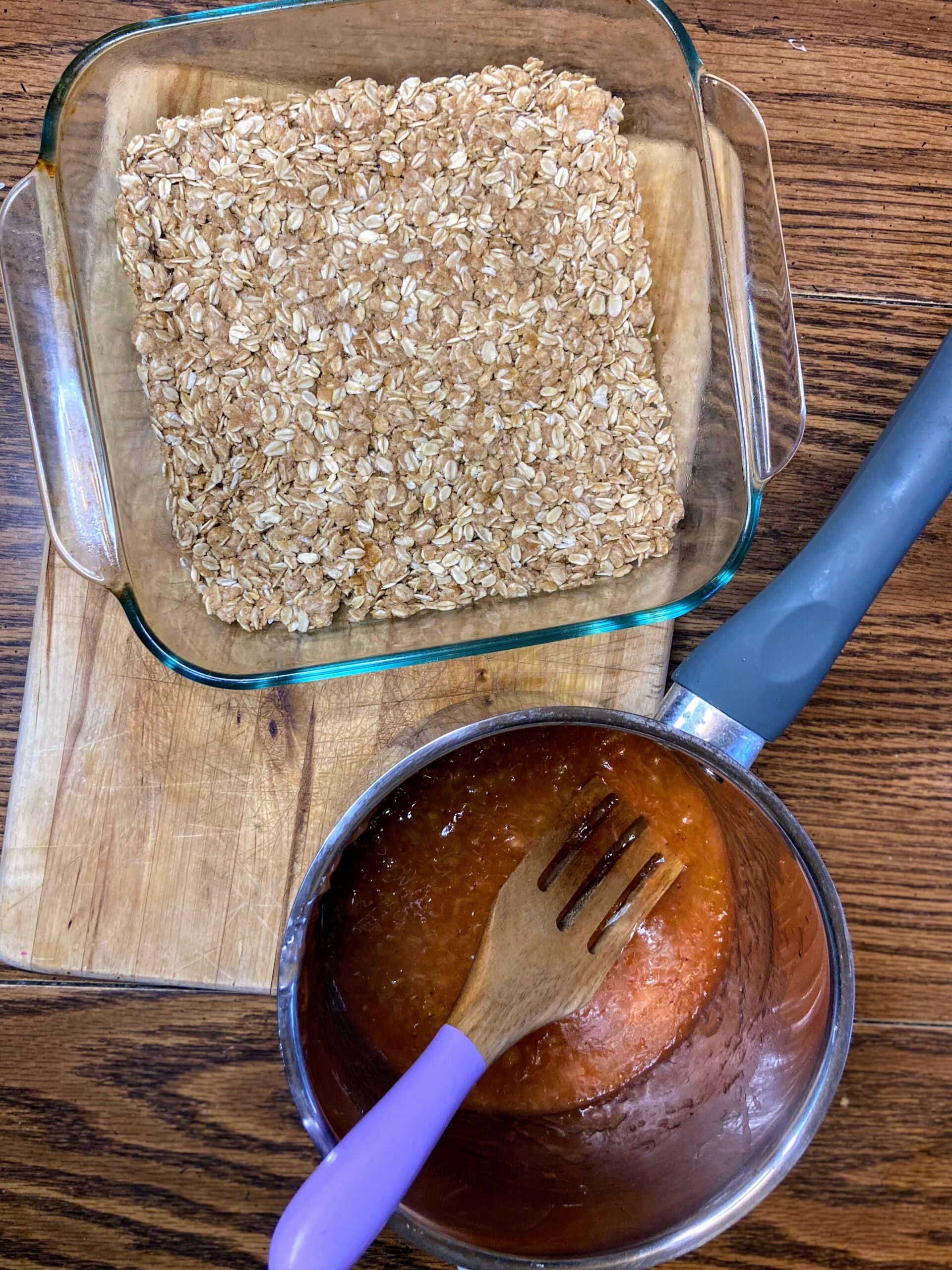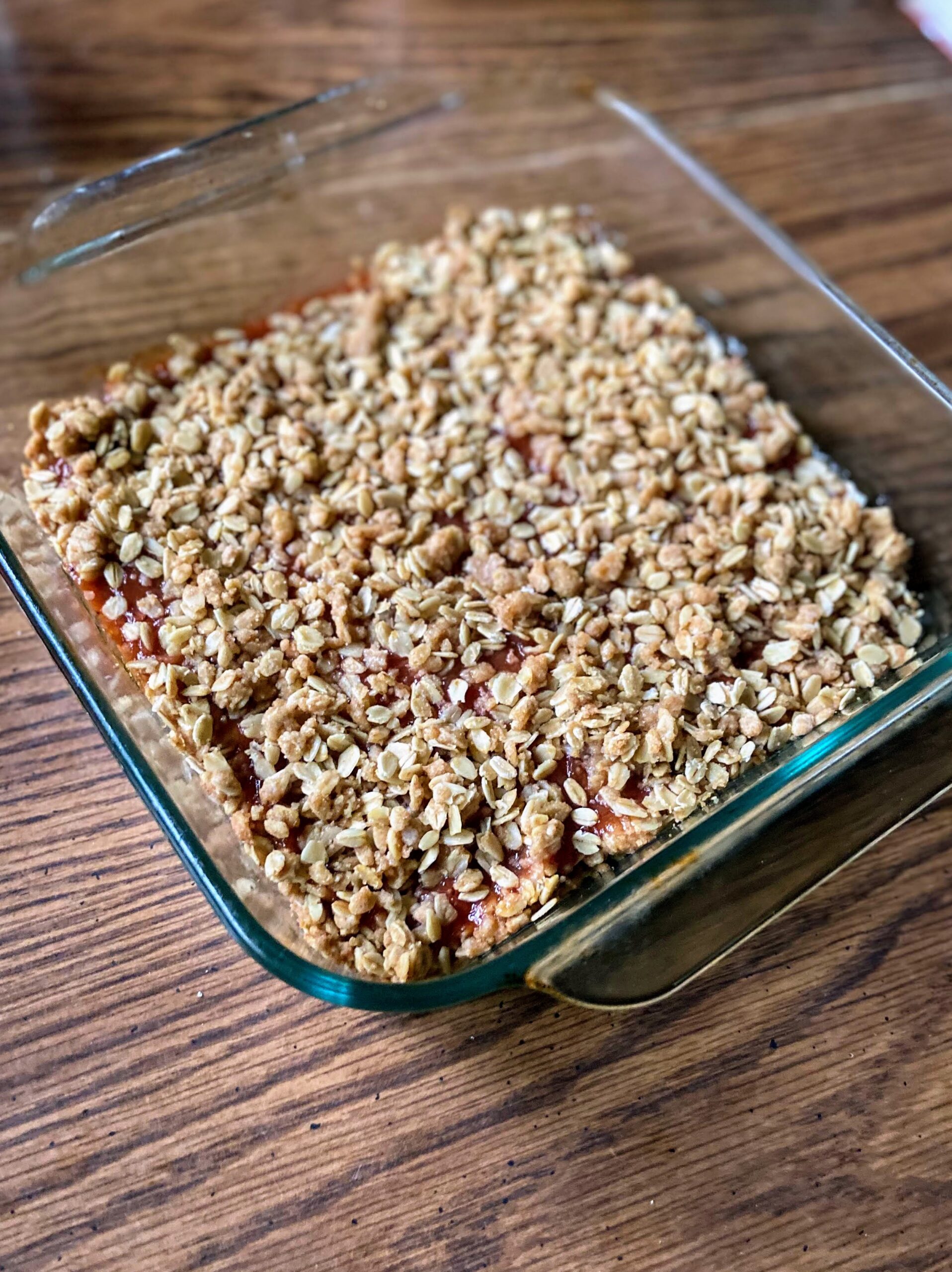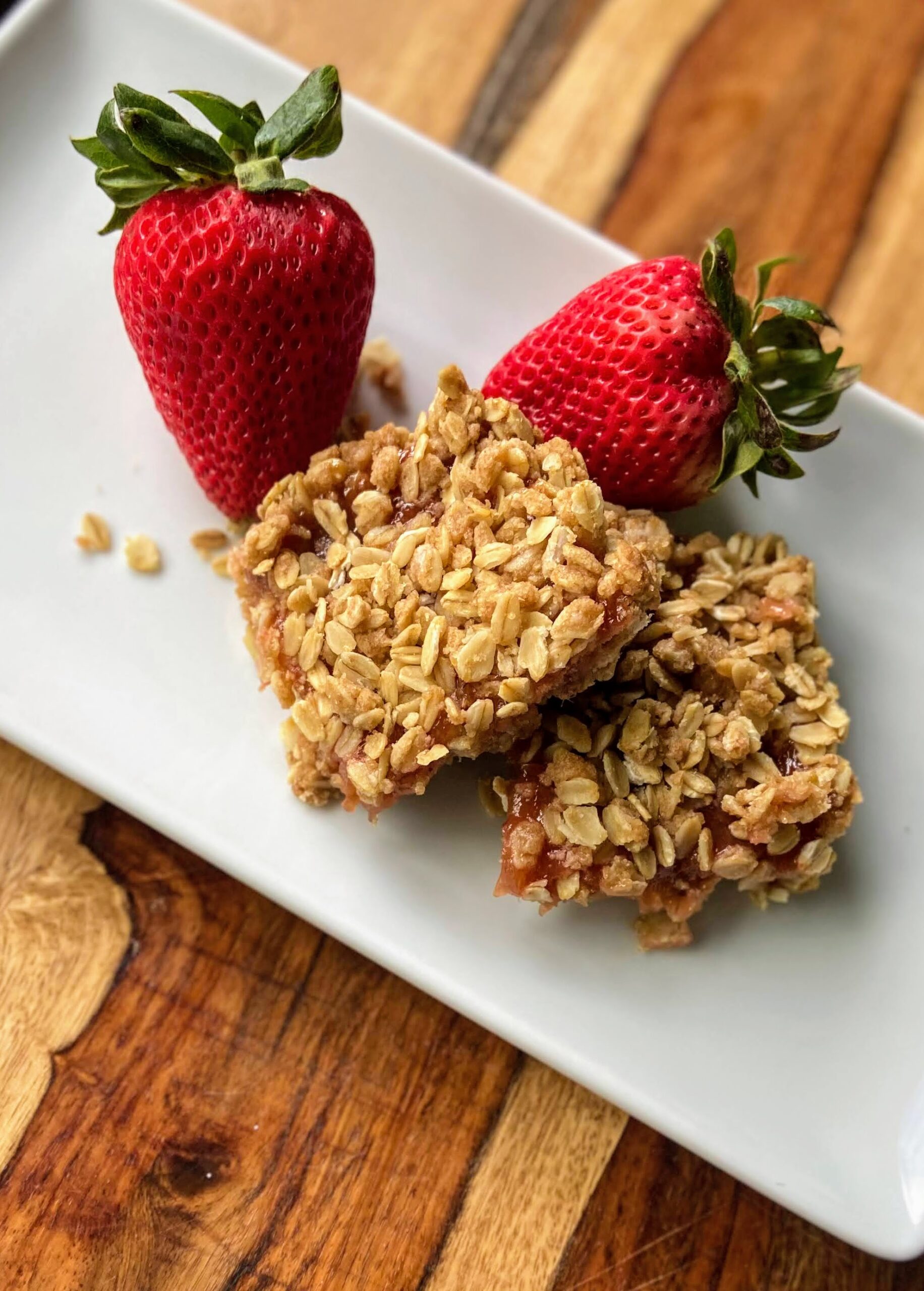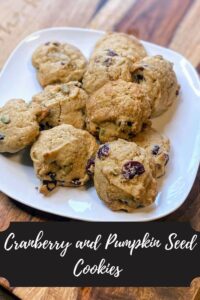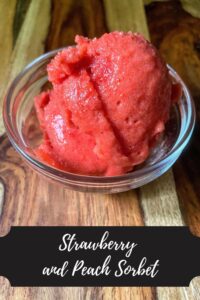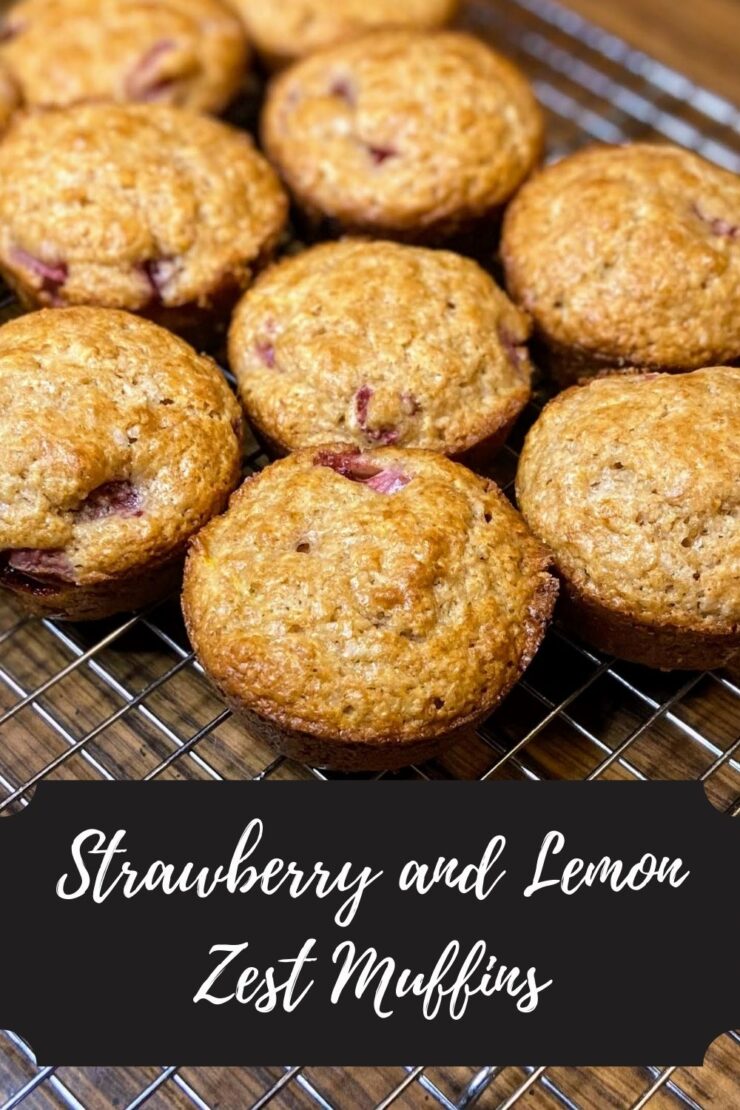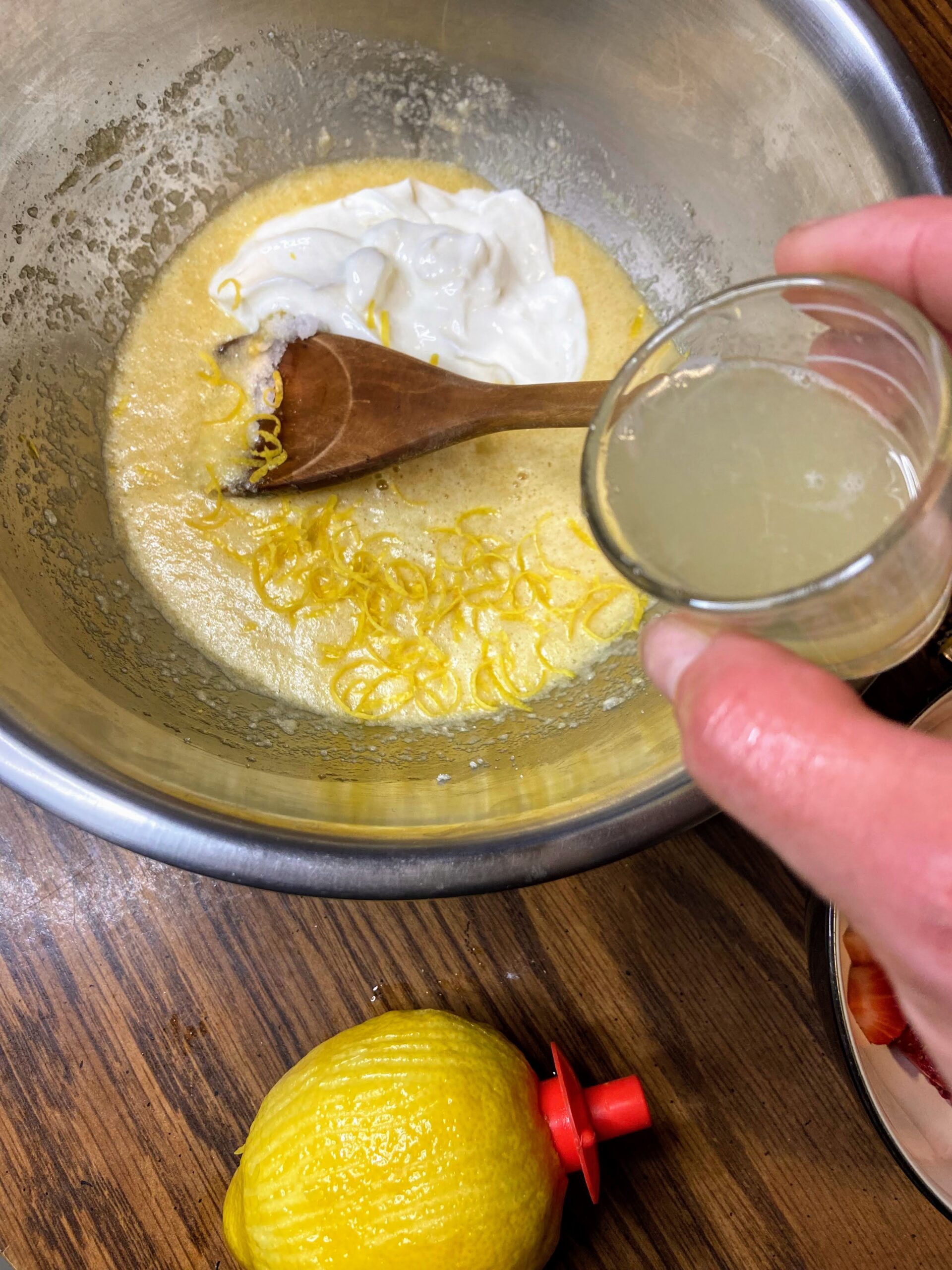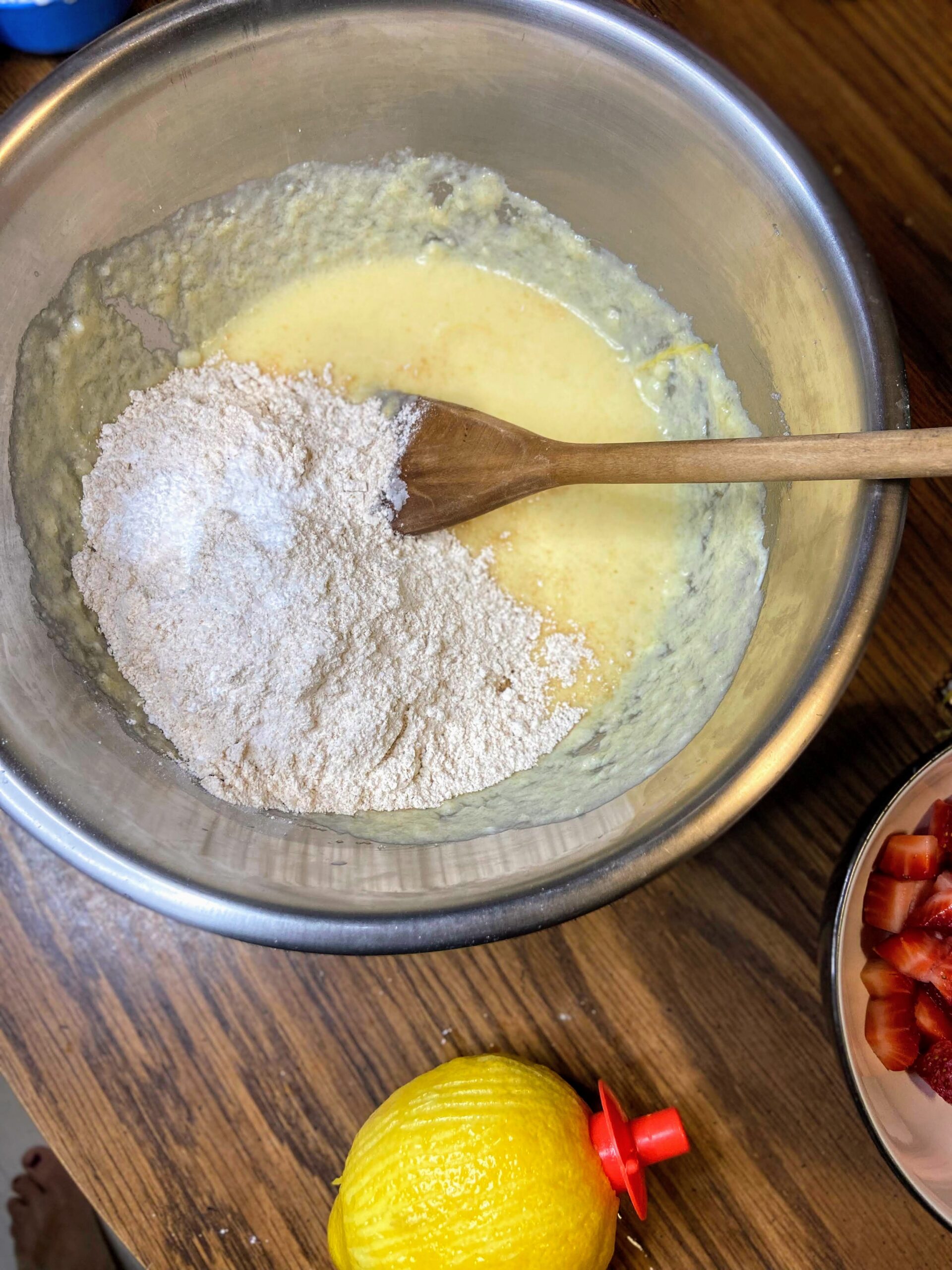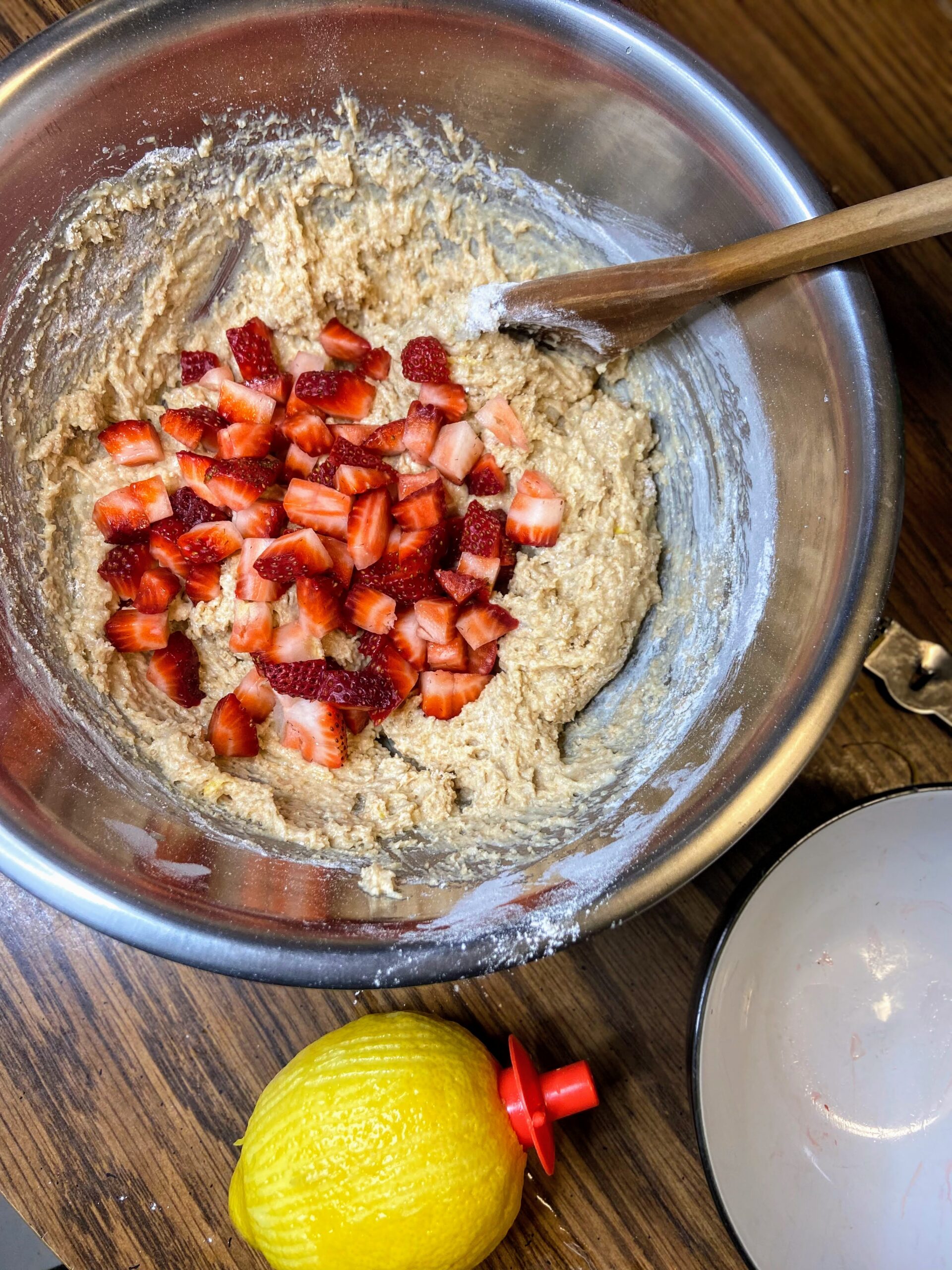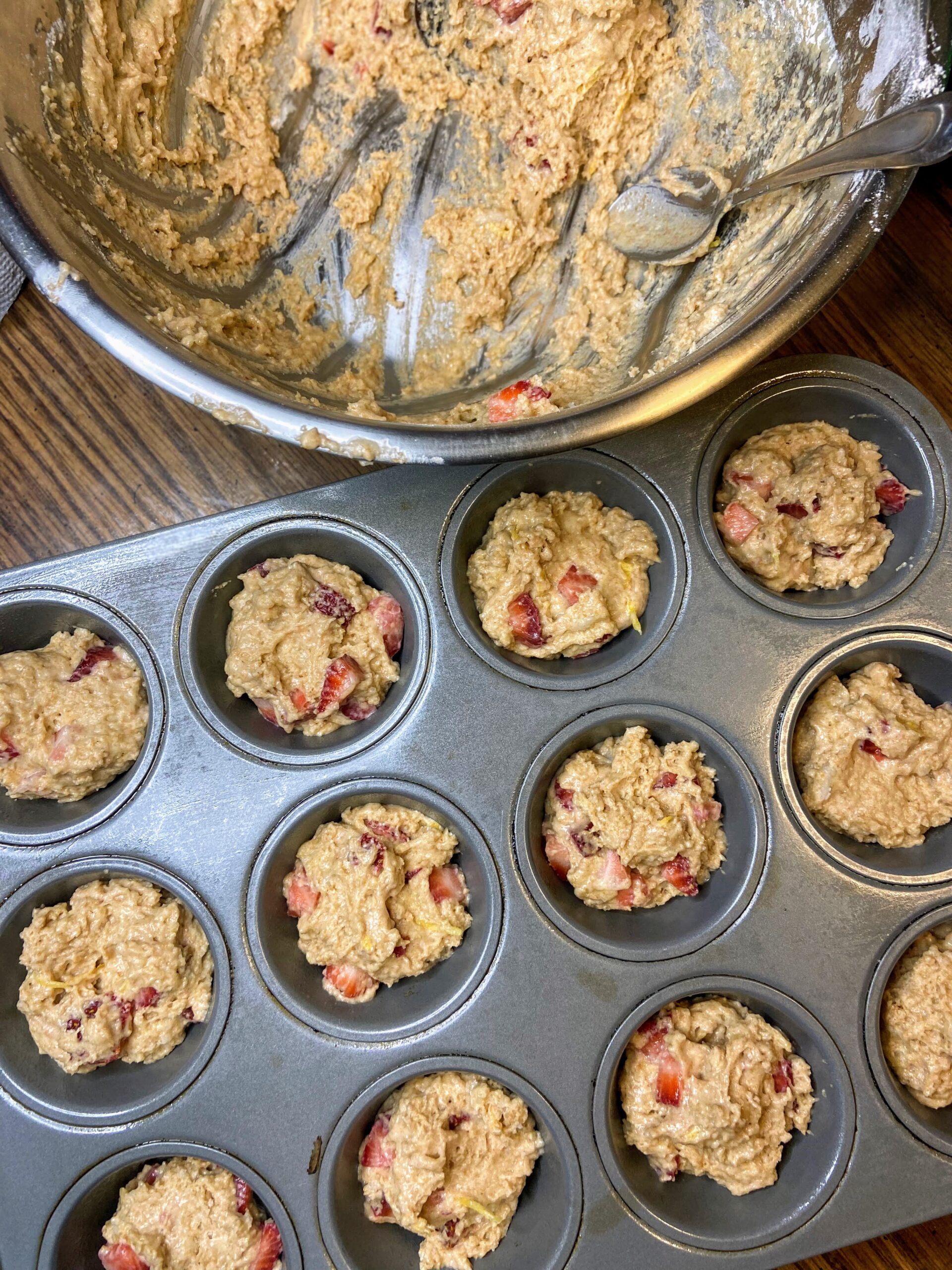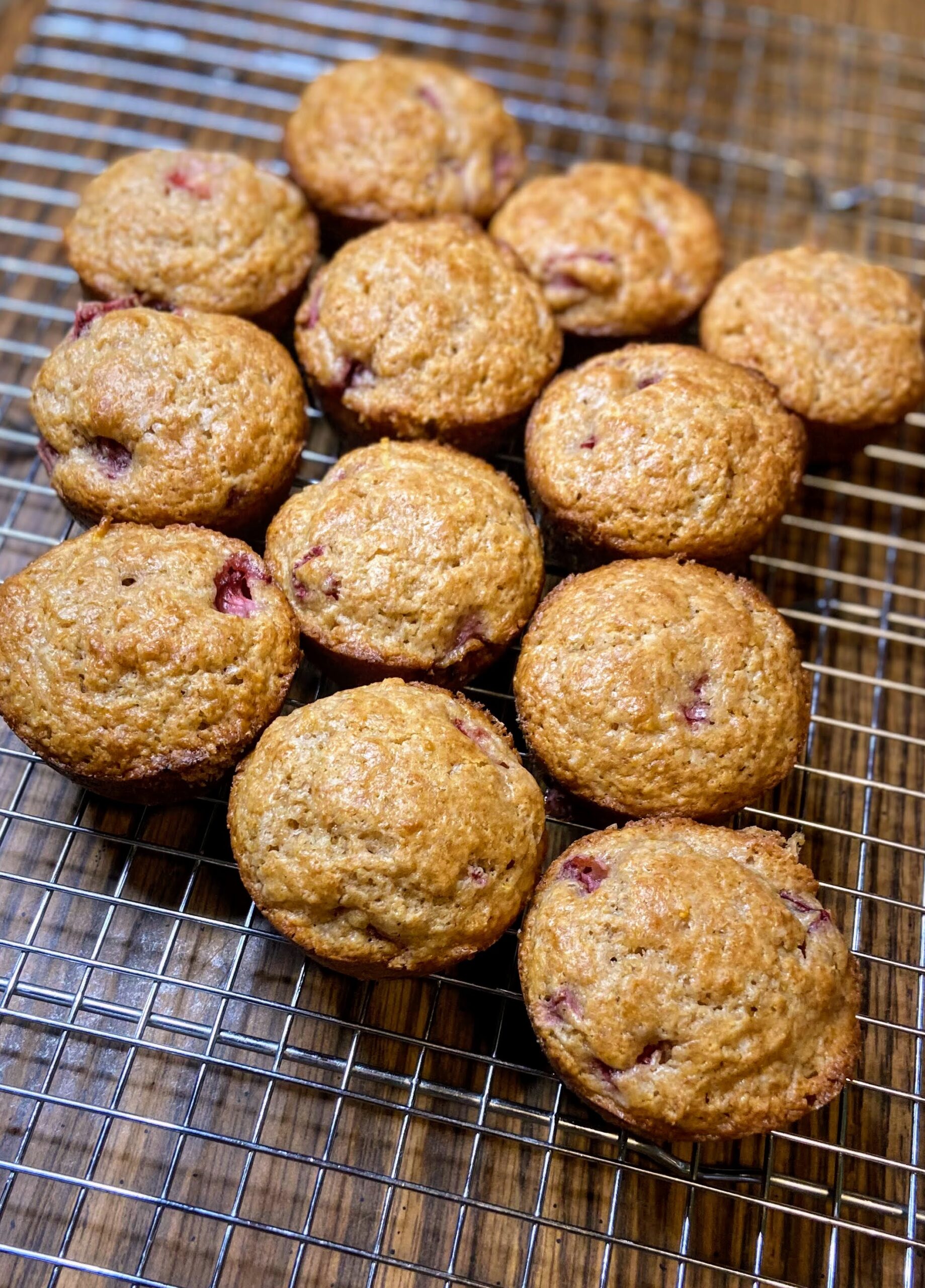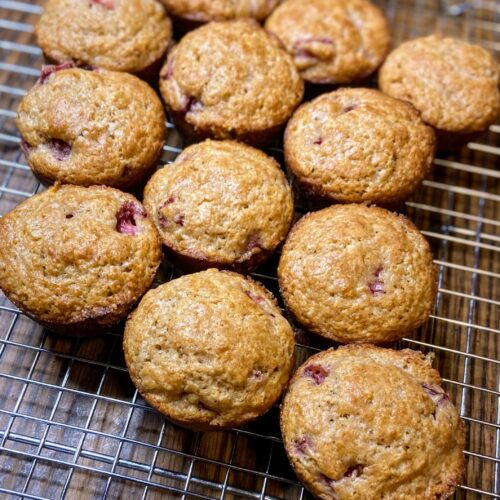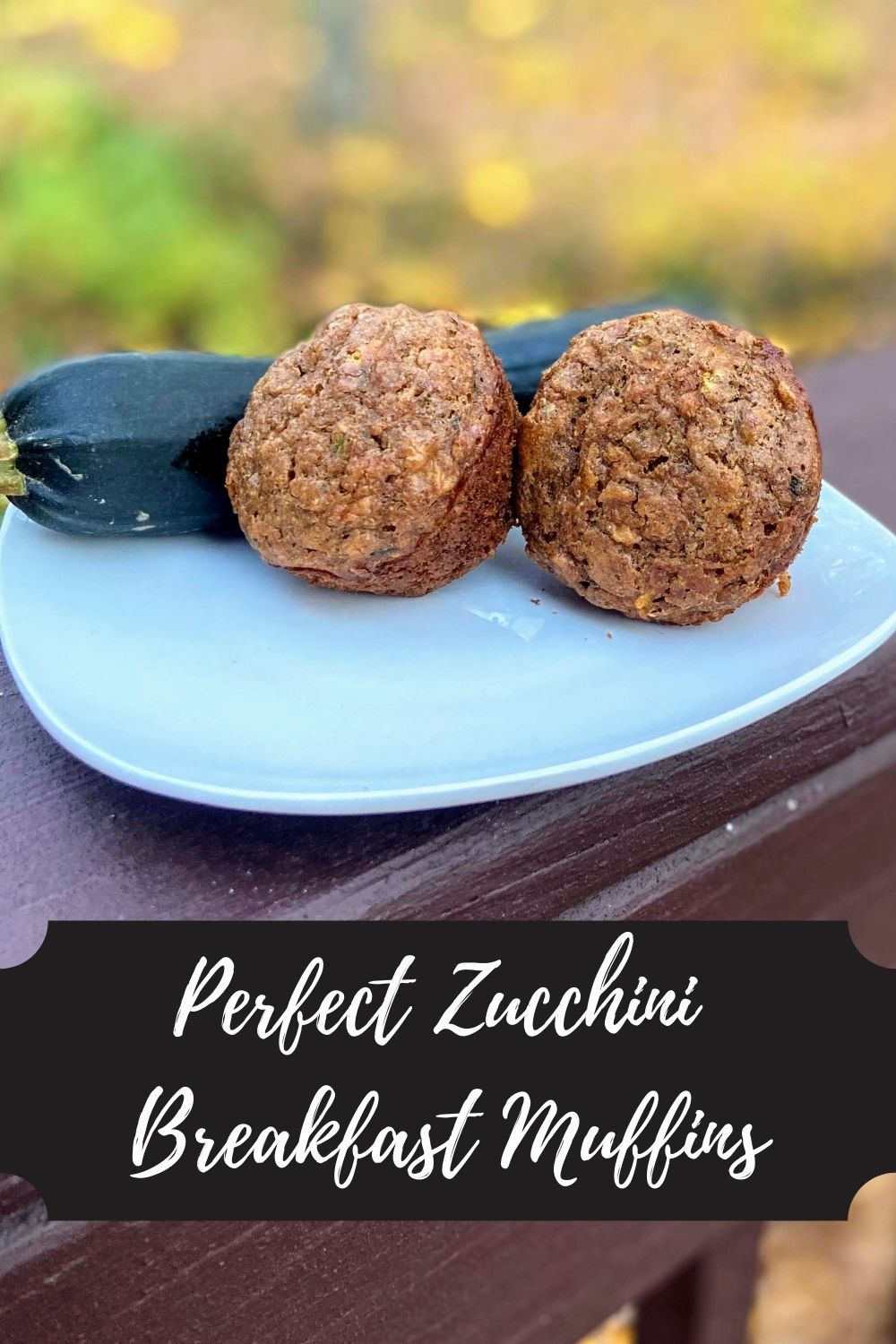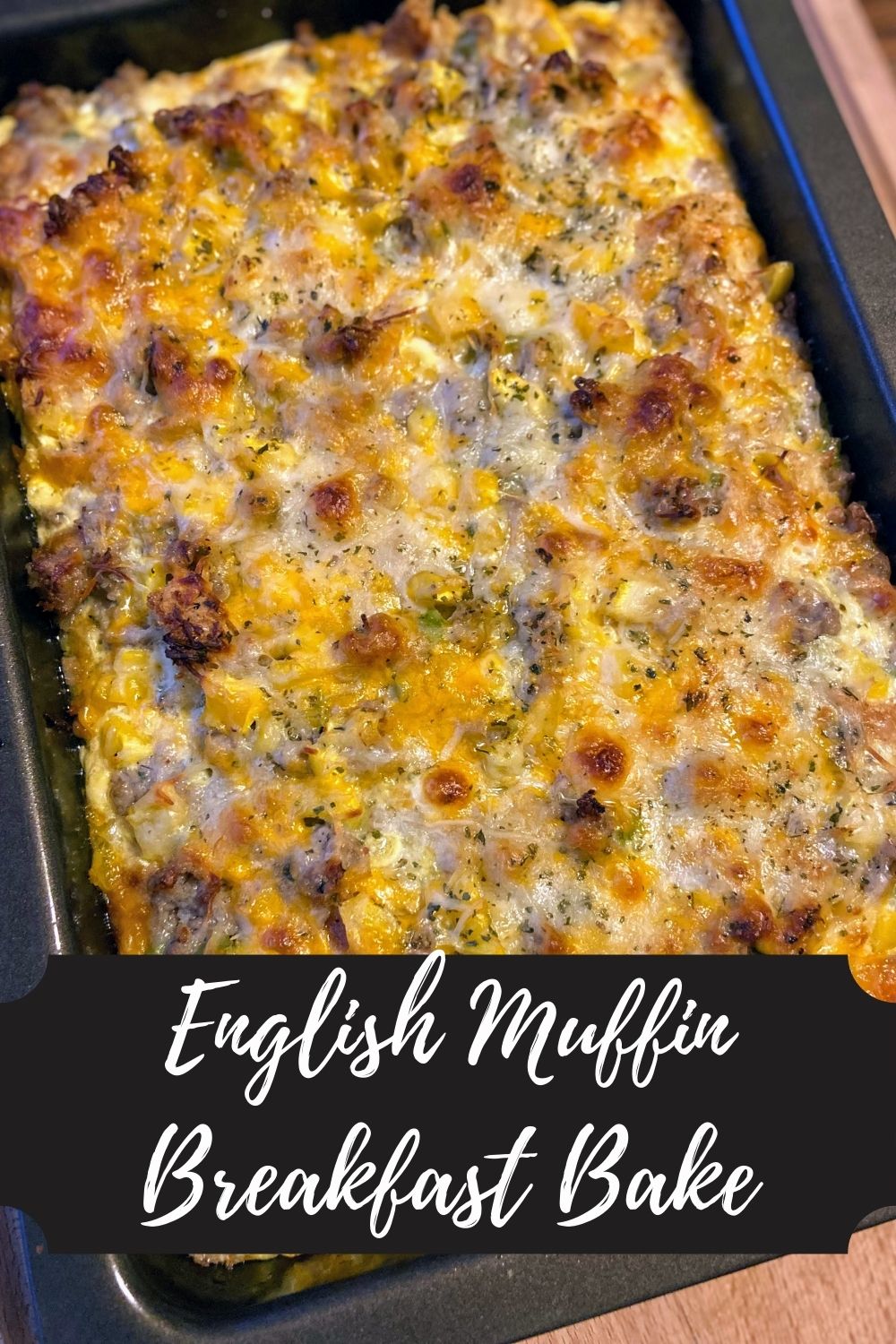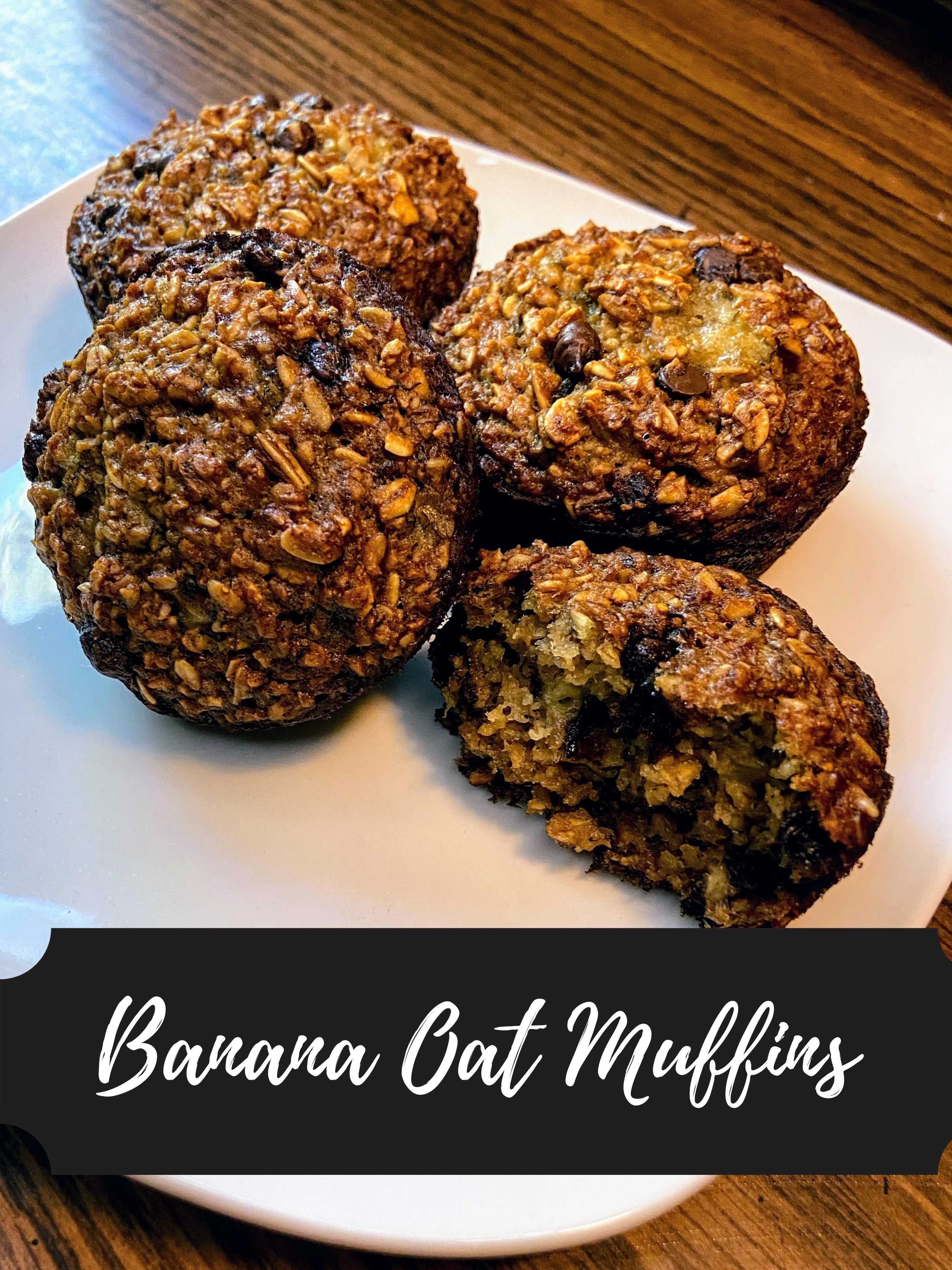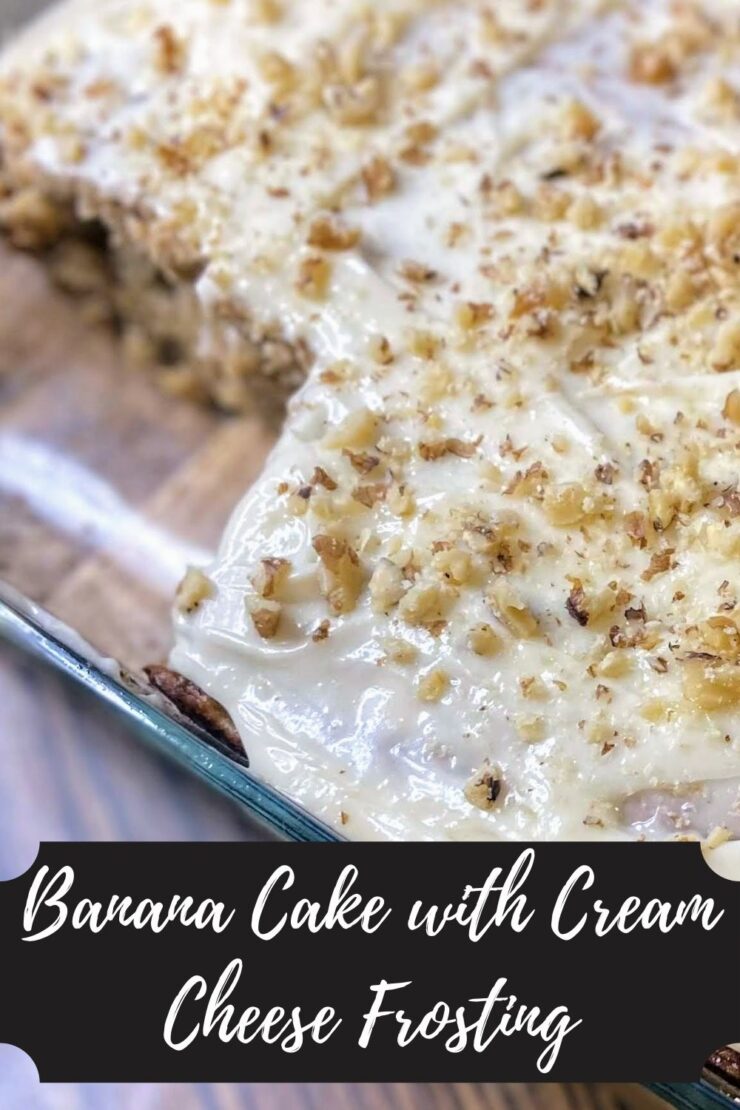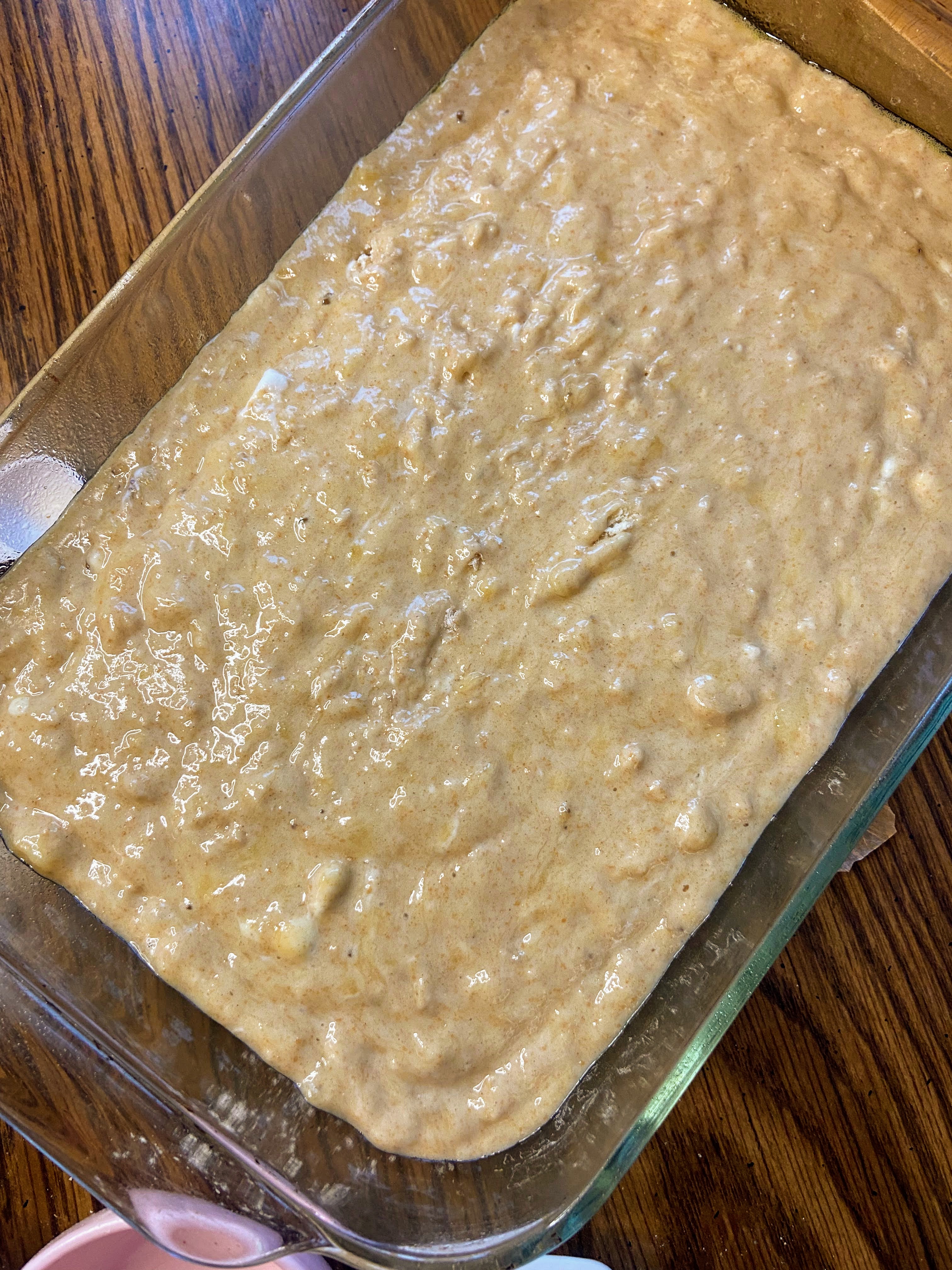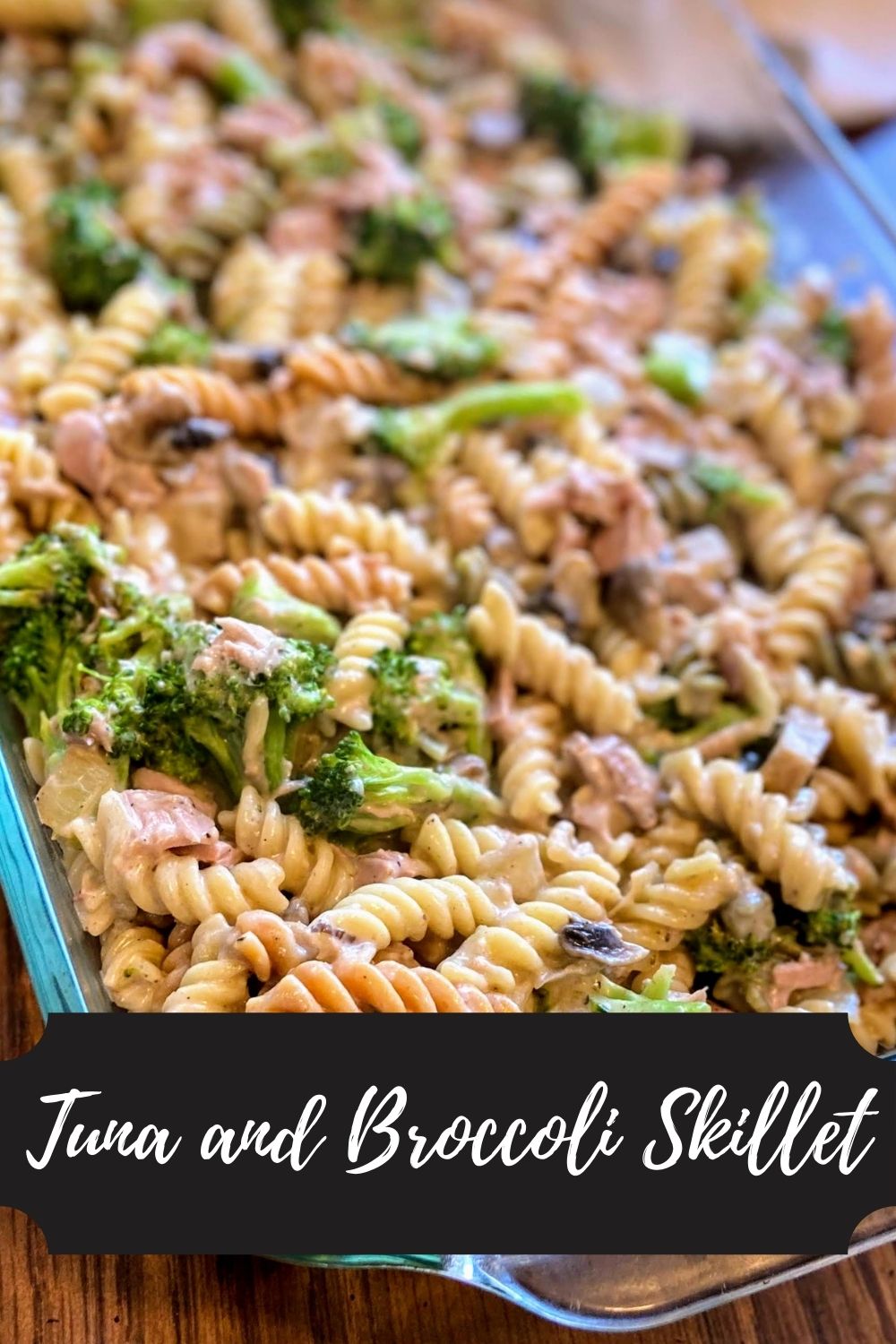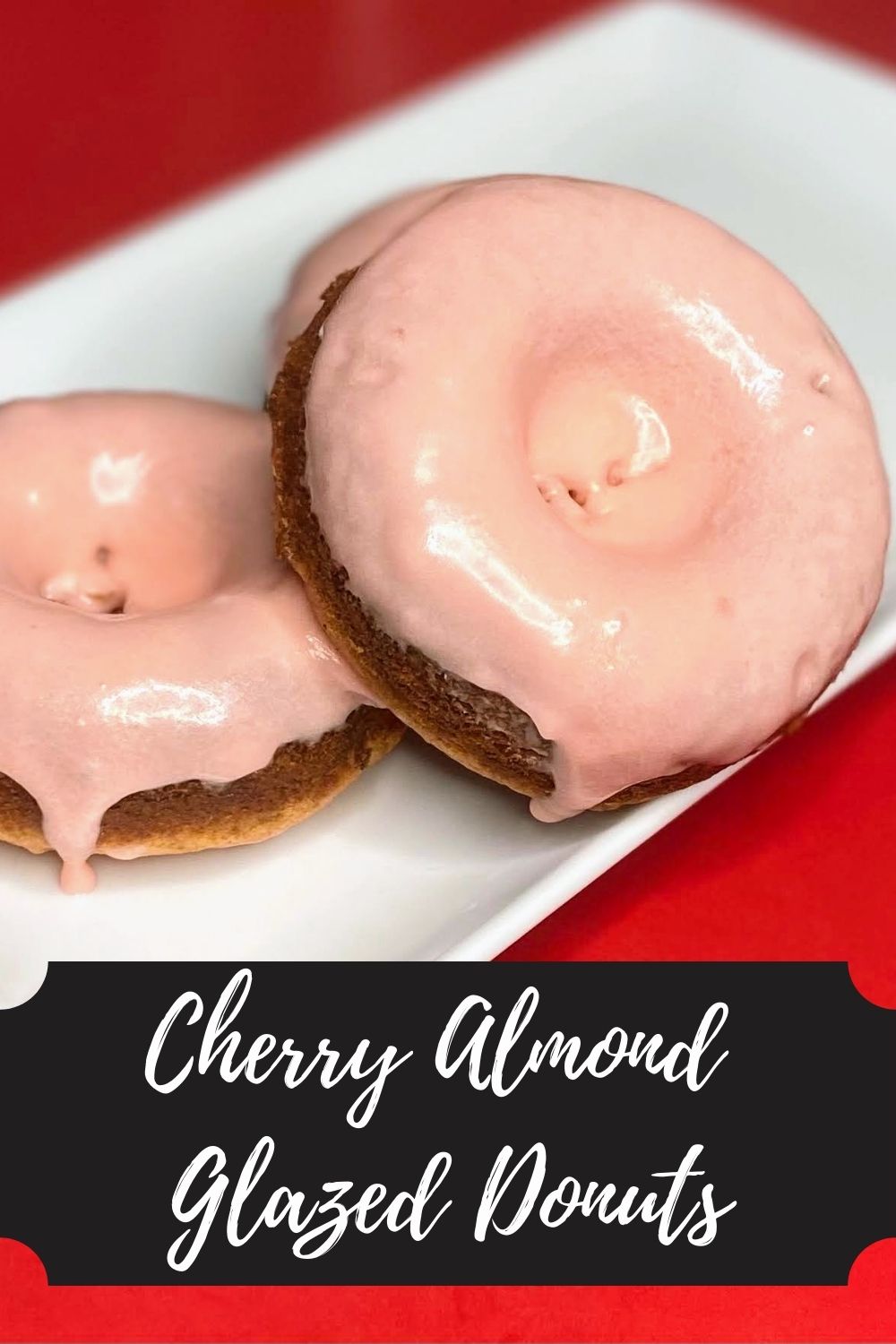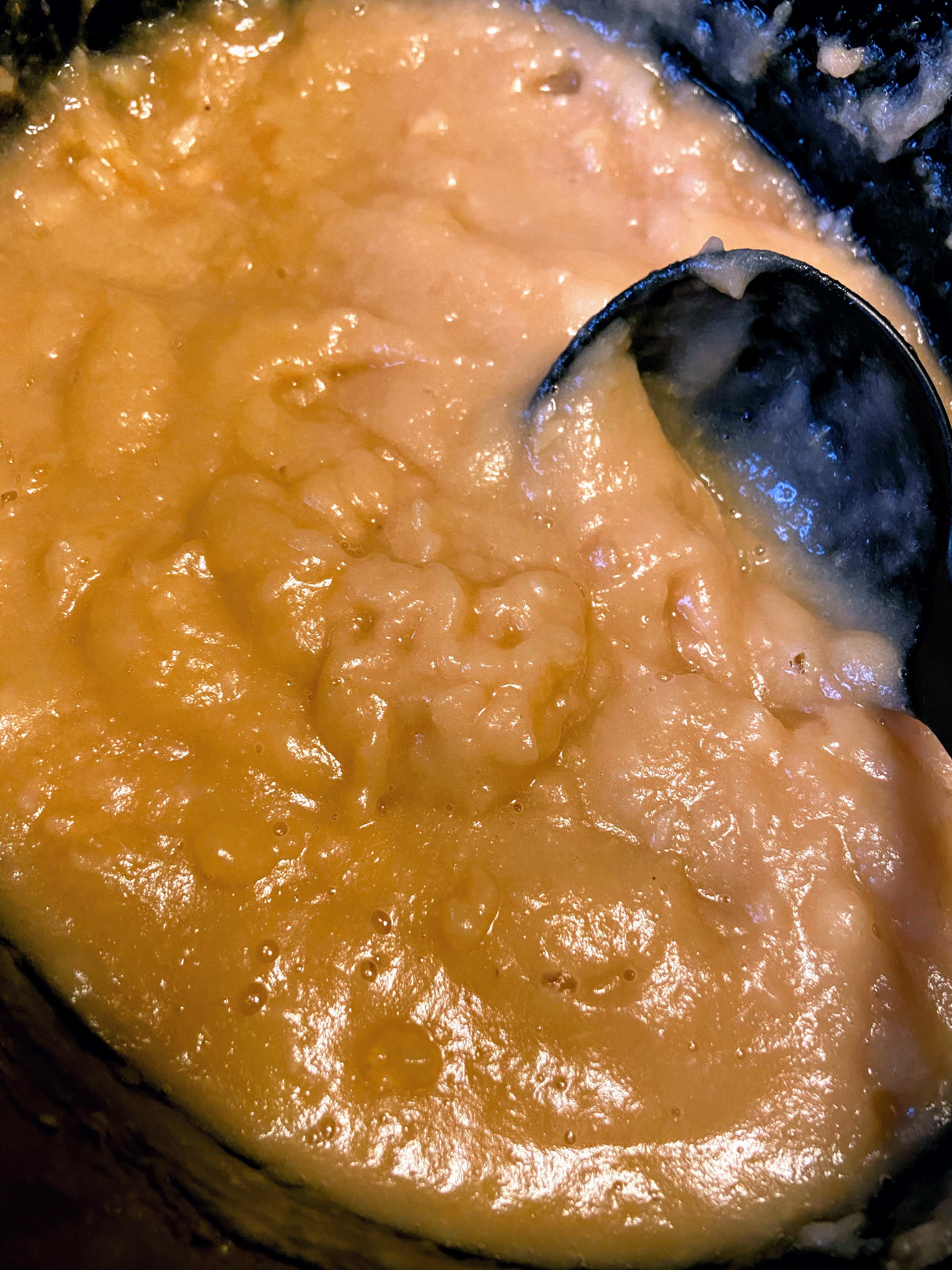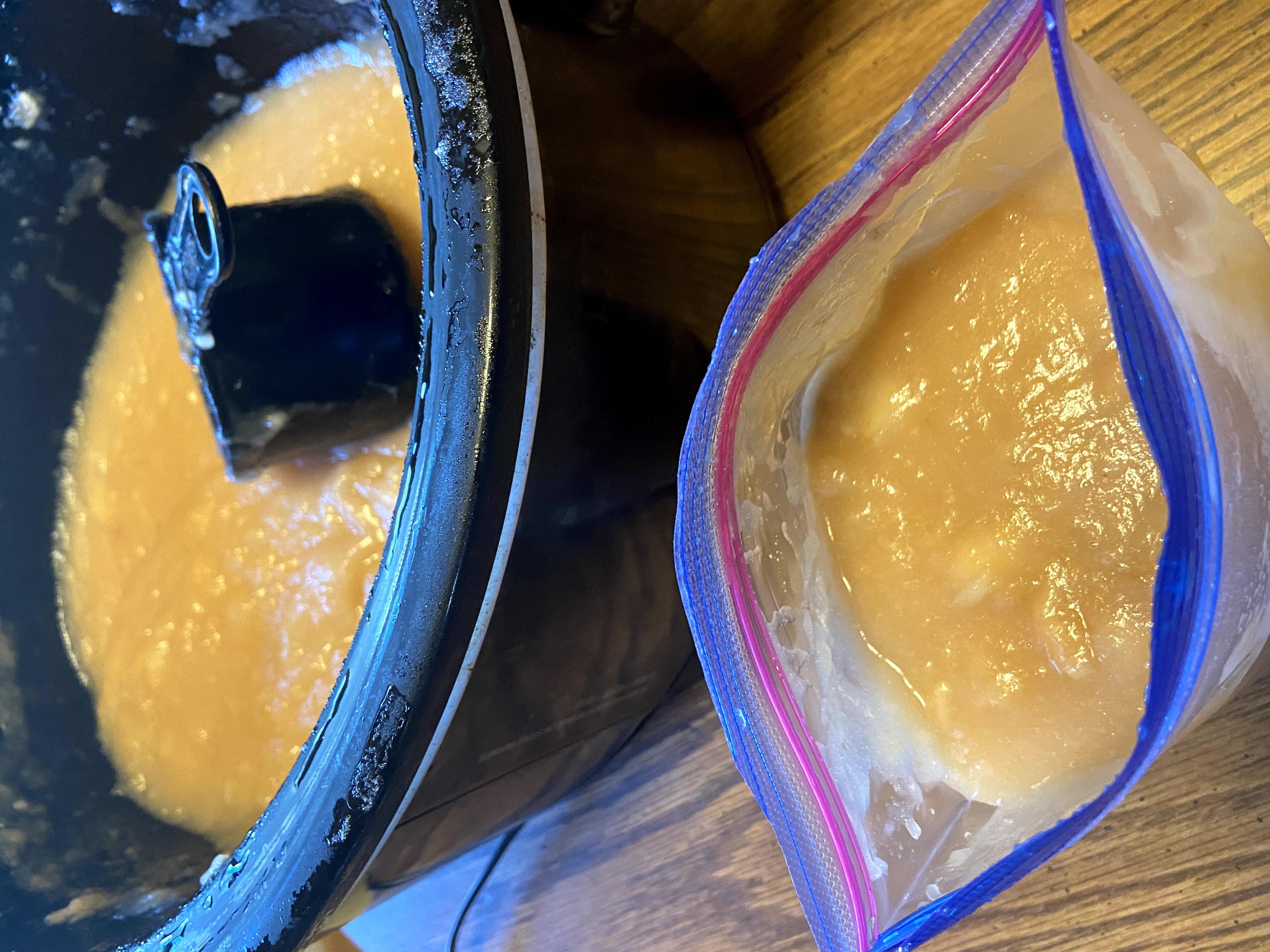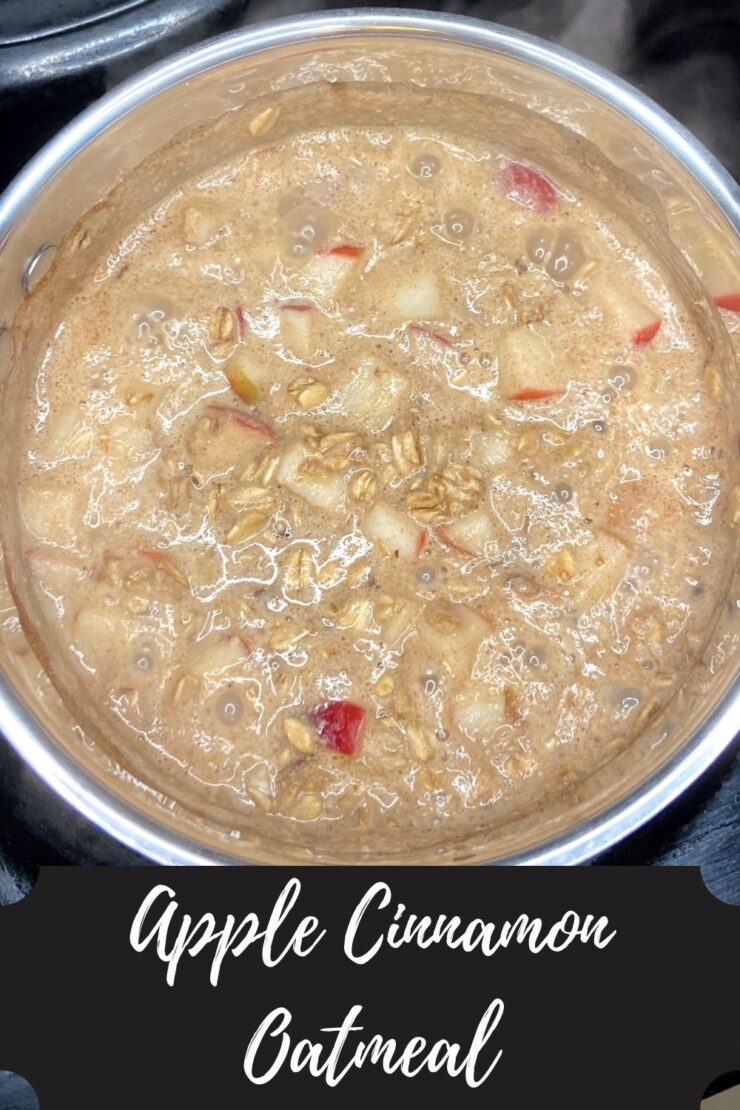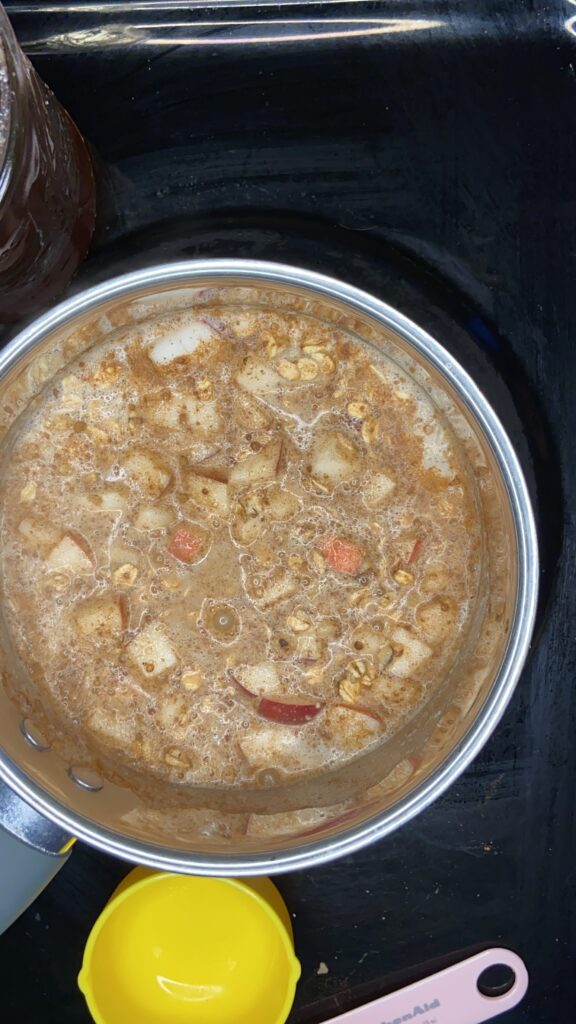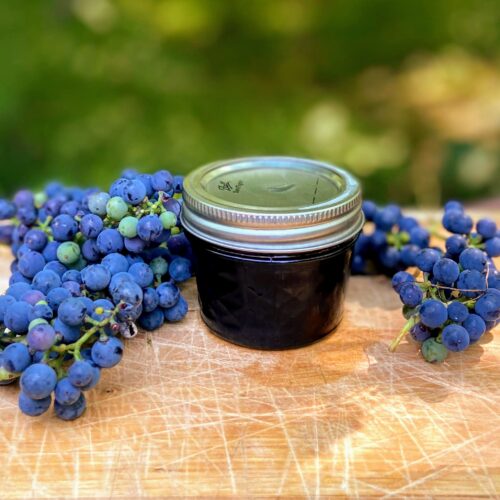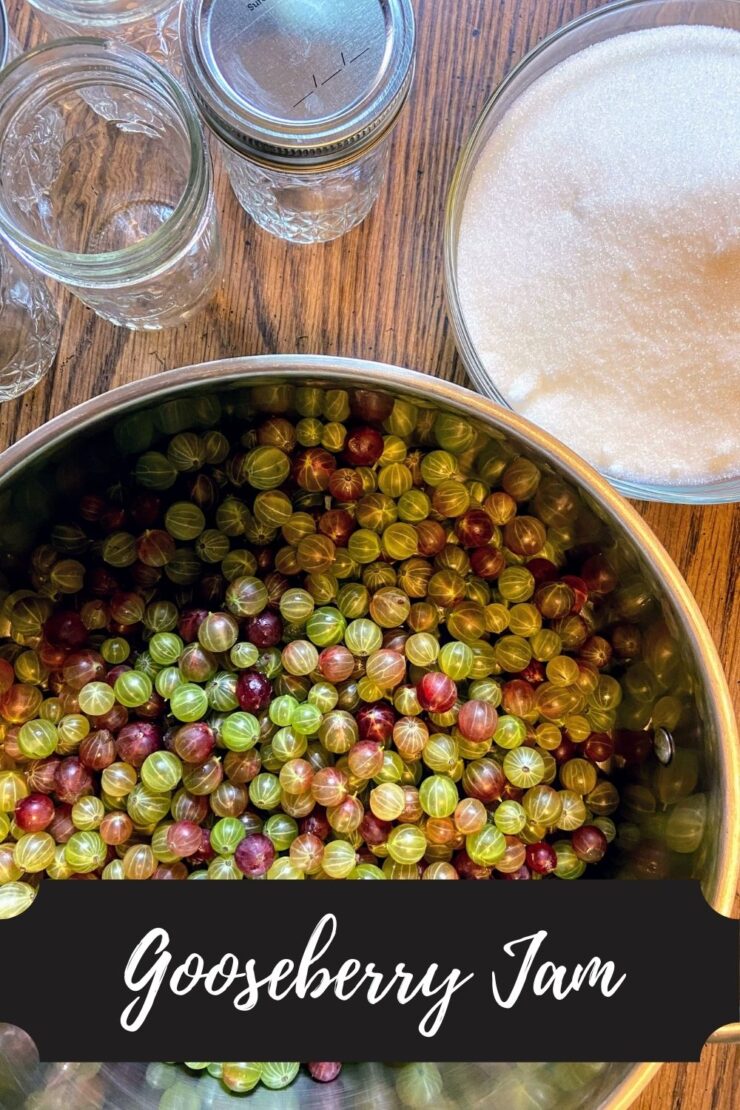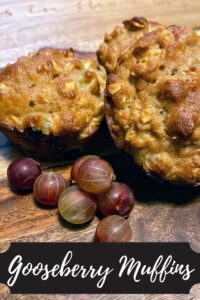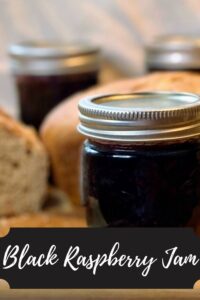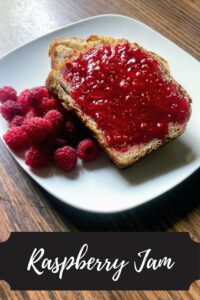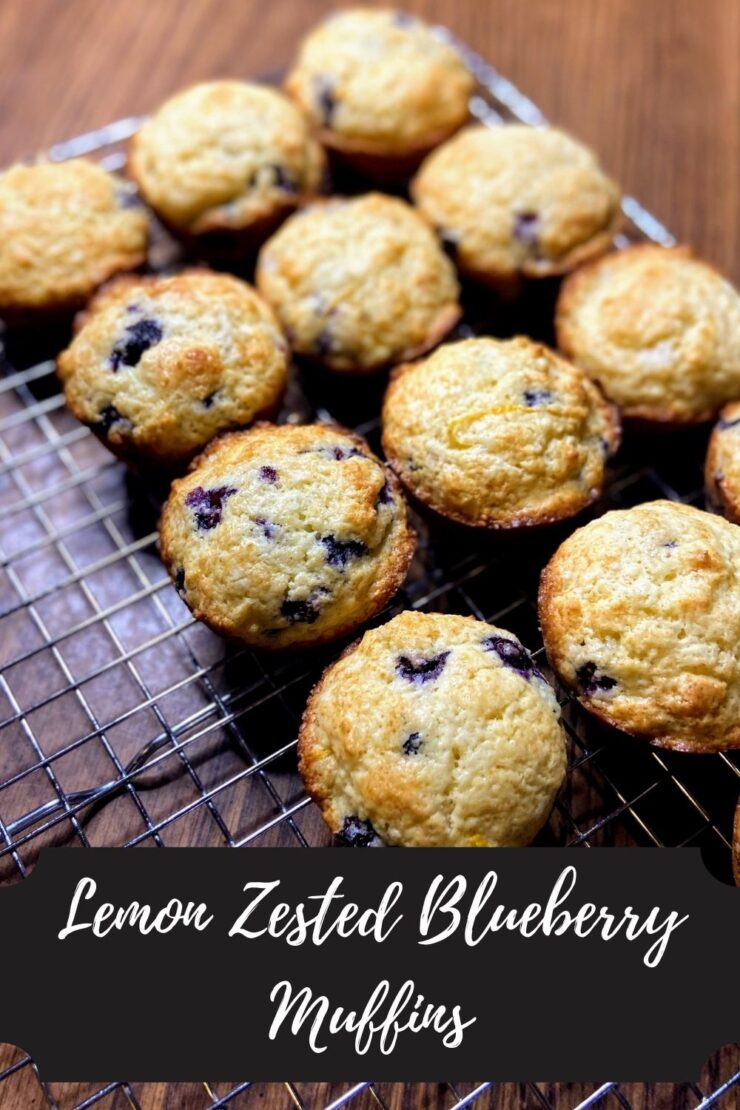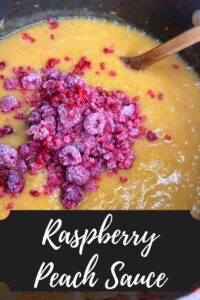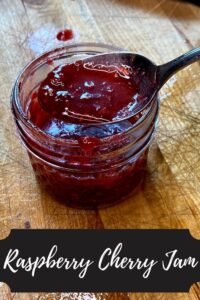Some seasons, I totally forget about my rhubarb as it is coming up. I don’t know about you, but up until this year, I associated rhubarb season with spring. (Did you know you can harvest all summer long? I didn’t!) And spring is planting season so sometimes planting and prepping the garden gets in the way of the rhubarb. Not this year! I have had a blast giving different rhubarb recipes a try (check out these strawberry rhubarb bars!) and I am so excited to share this Rhubarb Strawberry Jam with you.
I have given rhubarb strawberry jam a try a time or two before but hadn’t fallen in love with the results. Once I did a straight rhubarb jam that was green since that’s the color of our rhubarb. Not that appealing, if you ask me. But rhubarb is supposed to be a little tart, and too many strawberries counter that.
I think I found the perfect blend here by having 67% more rhubarb than strawberries (I can’t stop my math teacher ways) and using low sugar pectin, cutting down on the sweetness a bit. And the color? Divine. It will seem like the rhubarb isn’t going to break down to a good jam consistency, but I promise, give it time and you will love the results.
The Supplies
This recipe will result in approximately eight 8 ounce jelly jars. You can use wide mouth or narrow mouth jars. Just be sure you have rings and lids for them and that they will all fit in your canner at once. It will likely be a little less, but with canning it’s always better to be over prepared in terms of jars.
You will need a water bath canner or large stock pot with a lid. The jars need to be off the bottom of the pot. A water bath canner will have a rack to use. If you use a stock pot, I would invest in canning racks. You can also put a towel down in a pinch, but it is MESSY in terms of getting water everywhere.
It is also helpful to have the tools in a canning kit like this, but it isn’t necessary. Canning would be crazy challenging without the jar funnel and jar tongs. The lid lifter is also very handy.
While we are here, I will give you all the information you need to successfully can a batch of jam. However, if you are new to canning, you may likely want to gather additional information. My favorite places to learn more are The Ball’s Book of Canning or the National Center for Home Food Preservation.
Your Ingredients
- 3 cups diced strawberries
- 5 cups diced rhubarb (I peeled mine to decrease on the fibrous material)
- ¼ cup lemon juice
- 4 cups sugar, divided
- 1 package low sugar pectin
- ¼ teaspoon butter, optional
Your Steps to Rhubarb Strawberry Jam
Begin by measuring out your sugar in a large bowl and set aside. It’s important to have all your ingredients prepared before beginning the canning process so don’t skip this step. I also highly recommend reading through the steps more than once before beginning (I know that we are all guilty of flying by the seat of our pants when cooking).
Fill the canning kettle with enough water that the jars will be covered by at least ½” water. More is better in this case so over estimate. Begin to heat over high heat. Place the canning rack so that it is hooked over the side of the canner and put clean jars on it to keep them warm. Note: You don’t have to keep the jars in the rack, although it is helpful to keep them warm. You want the jars warm to prevent breaking when they are being filled.
Set the clean rings aside. I like to simmer my lids on low low heat in a small saucepan. Not necessary, but I like to think it helps them seal better.
Now to Create the rhubarb Strawberry Jam
In a large, preferably shallow kettle, combine the strawberries, rhubarb, and lemon juice. In a small bowl, combine ¼ cup of sugar and pectin. Sprinkle mixture over the fruit and stir. Add butter if desired. It will decrease foaming while the jam is cooking, but is not necessary. The foam isn’t bad. It just makes the jam a little less pretty.
Heat fruit and pectin over medium high heat, stirring consistently. I like to use a potato masher to help crush the fruit as it begins to break down. Once it is close to a boil, stir constantly until you cannot stir down a rolling boil. On more than one occasion, I have thought I reached this point only to go a little longer and see what a “real rolling boil” looked like.
Once a rolling boil has been reached, quickly stir in the remaining sugar. I find a strong whisk is helpful to make sure there are no clumps of sugar in the jam. Continue to heat over medium-high heat until a rolling boil is reached again, stirring constantly. Once the roiling boil is reached, time for EXACTLY one minute. Remove from heat.
Canning Time!
Ladle hot jam into jars using the canning funnel, leaving ¼” head space. Wipe rims of the jars with a damp cloth as you go, top with a lid, and put on a ring so that it is finger tip tight. Fingertip tight means you know it’s tight but you aren’t sealing it so much so that it wouldn’t leak on its side, if that makes sense. (Any leftover rhubarb strawberry jam can go in a small container and get placed in the fridge to be enjoyed immediately)
Place jars in JUST about boiling water bath canner. Cover and raise the heat until a rolling boil is reached. Cook jam for 10 minutes (adjusting for your altitude…under 1000 feet, you’re good. Over? Add 5 minutes for every 1000 feet). Once the time is complete, remove canner from heat and remove the cover. Allow the jam to sit in the canner for an additional 5 minutes. Then remove and place on a towel on the counter.
Afterward
Listen for the ping as the jars seal and just let them be for 24 hours. I know it will be hard to let them be because you’ll be so proud, but it’s recommended to make sure you get a good seal. Any jars that do not seal can be refrigerated and enjoyed right away. Note: It is recommended to store canned goods with their rings removed so that you can know if a false seal occurs. I generally just loosen them as loose as they can go.
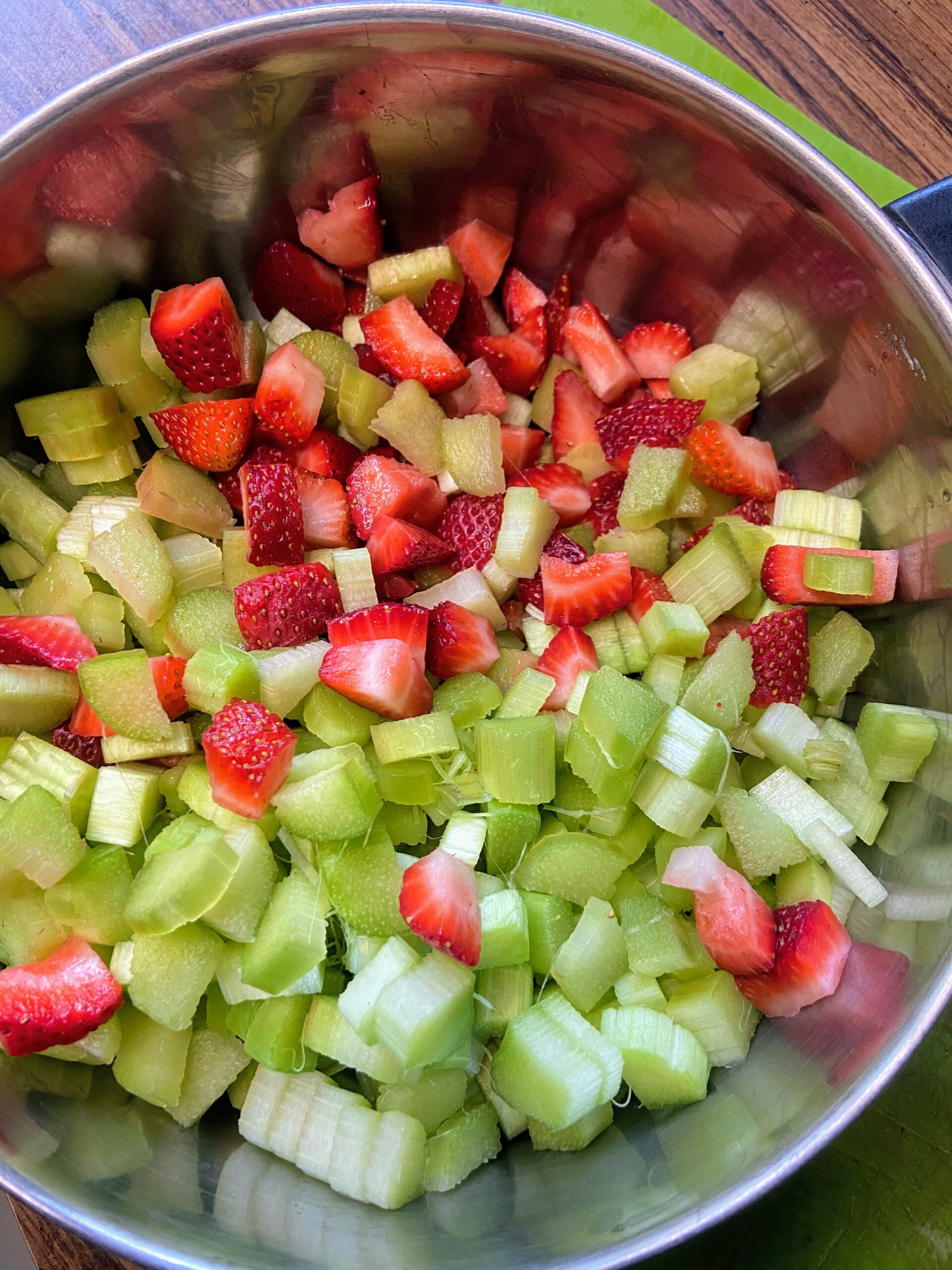
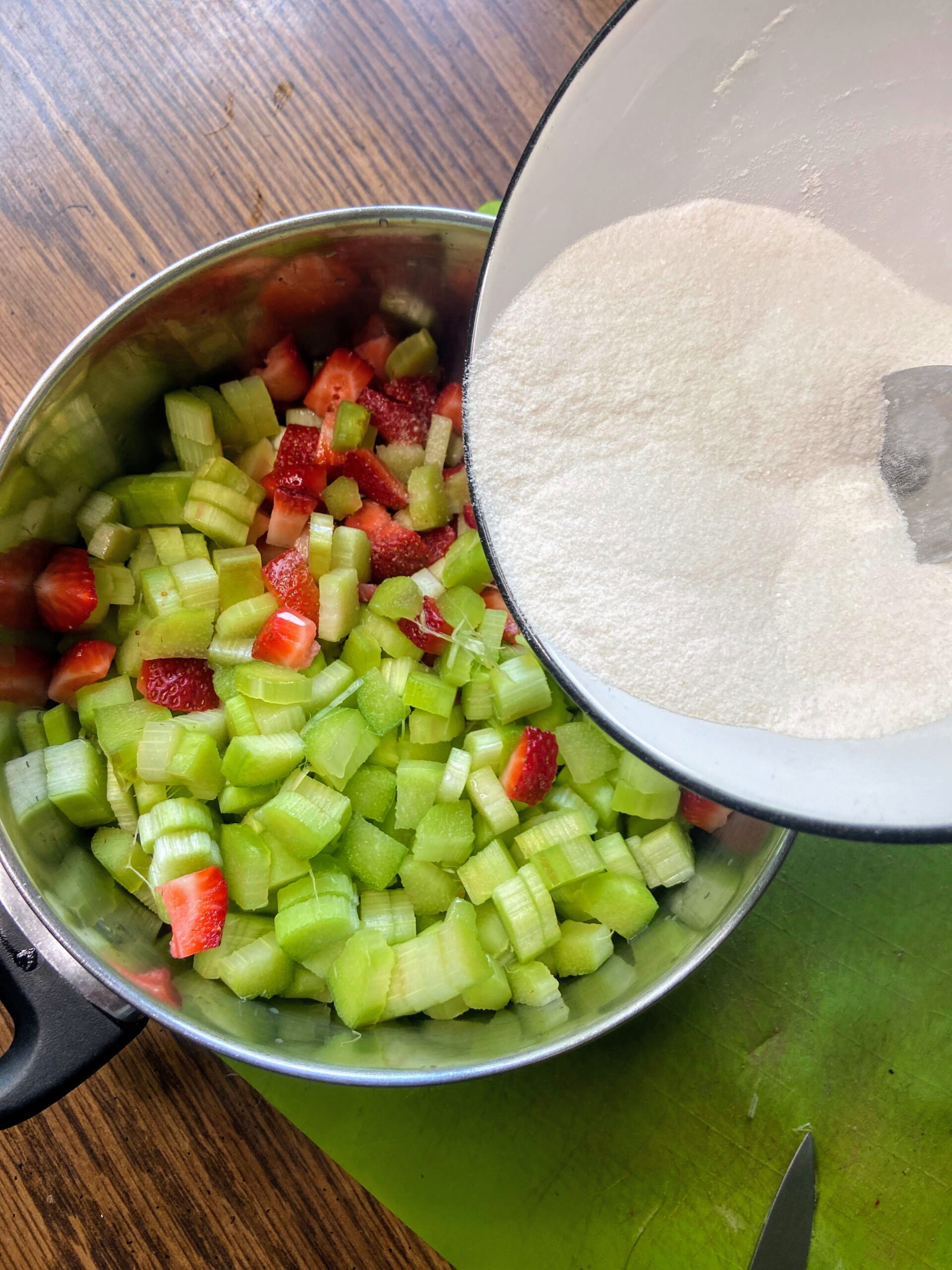
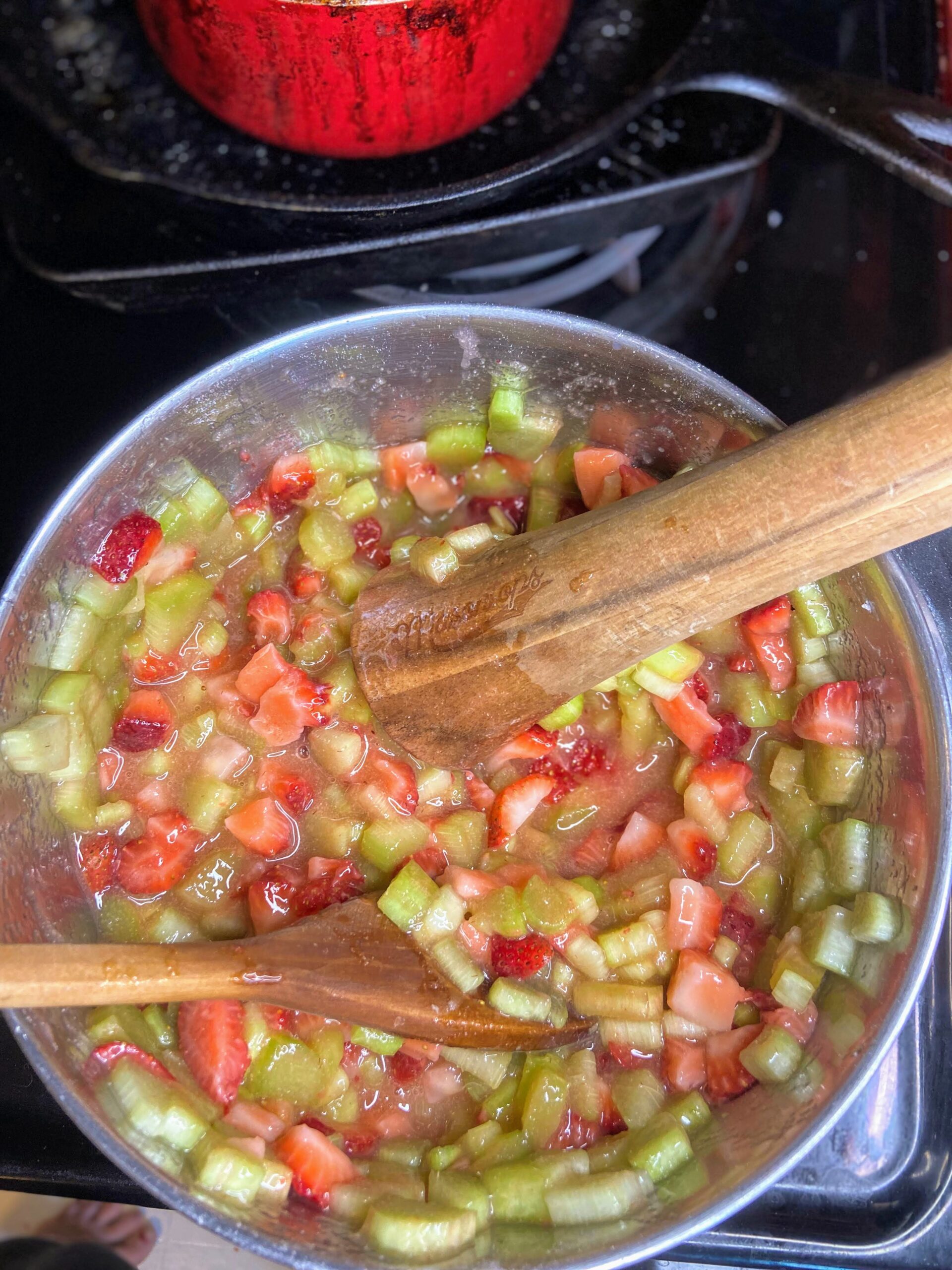
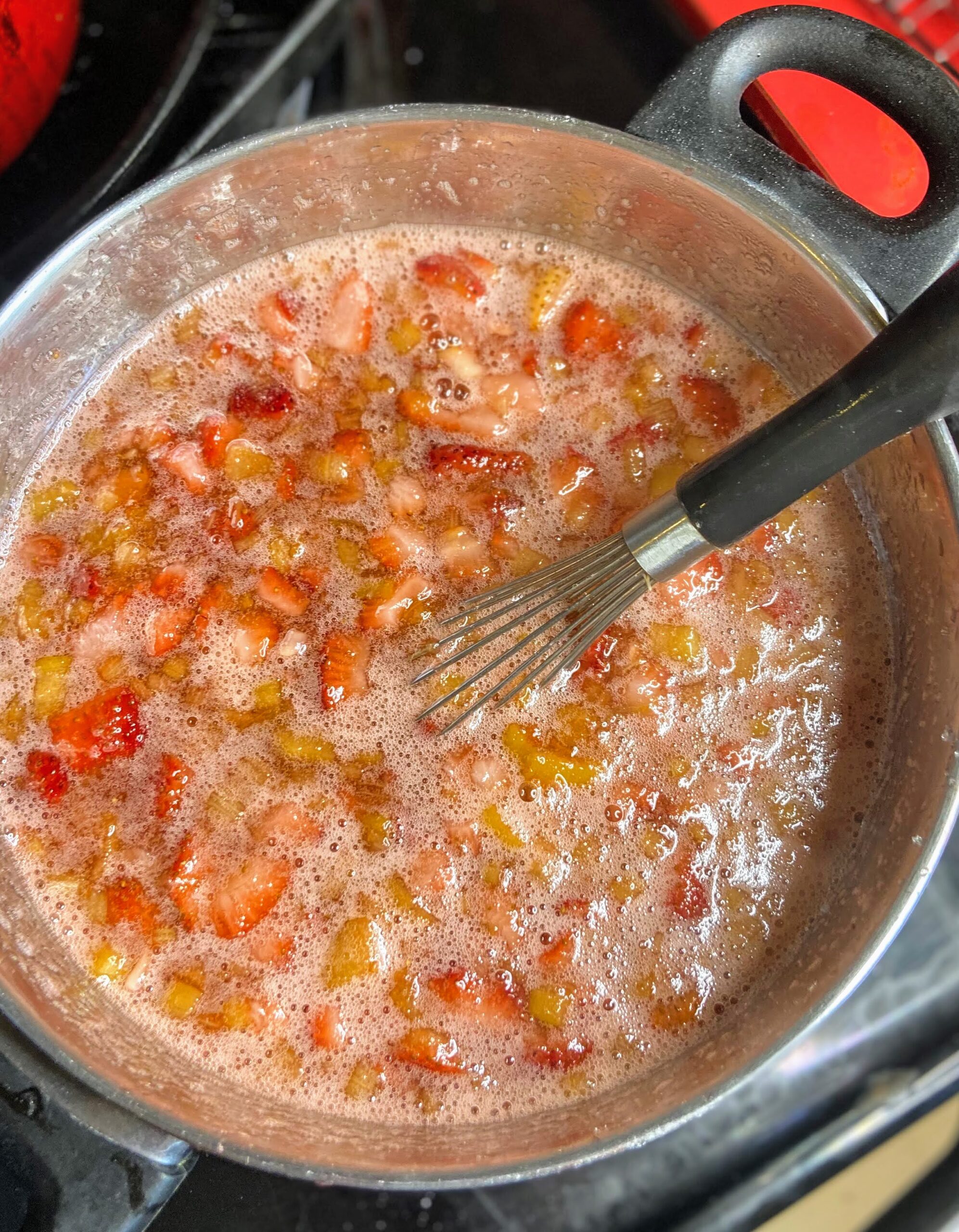
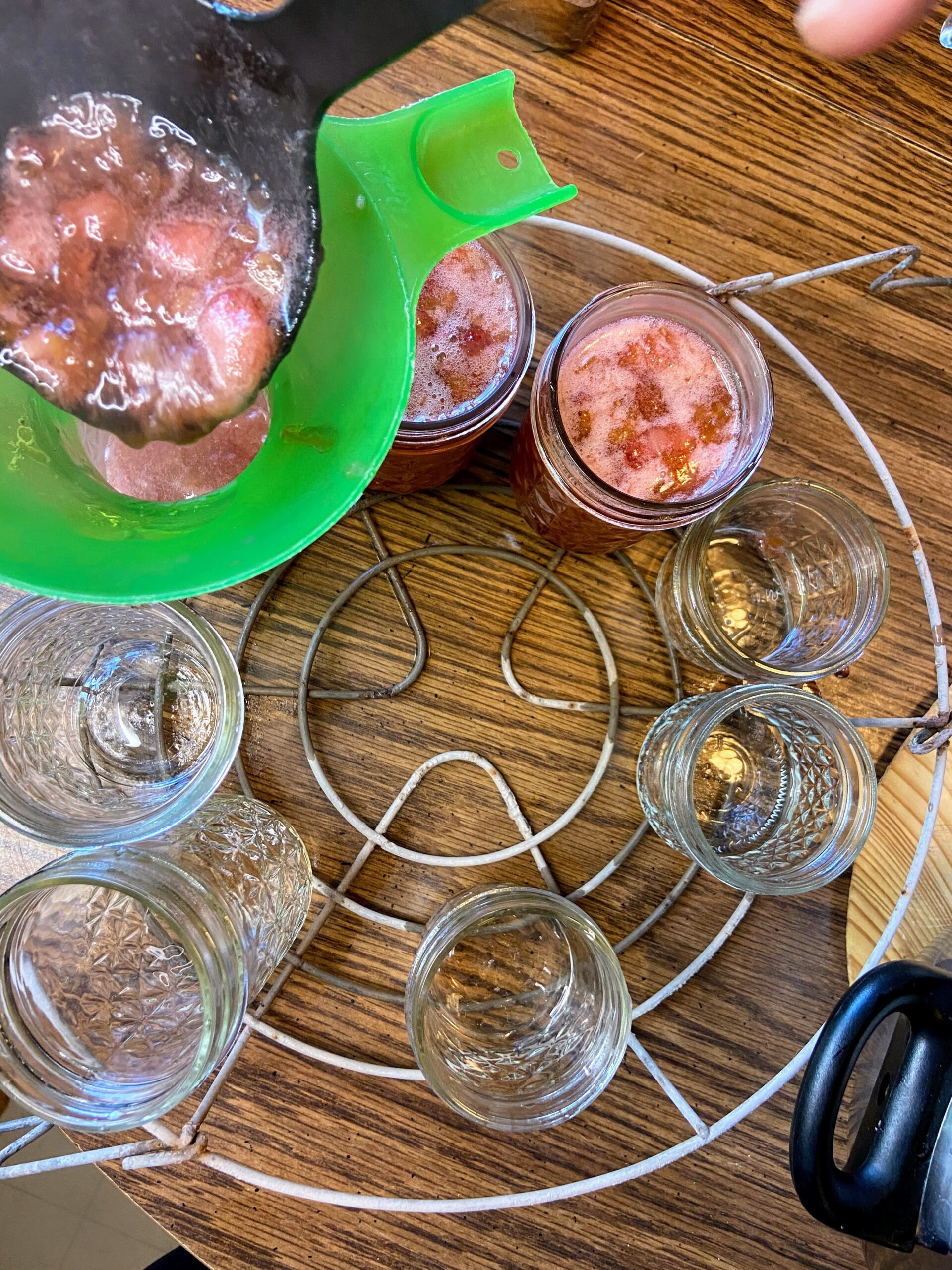
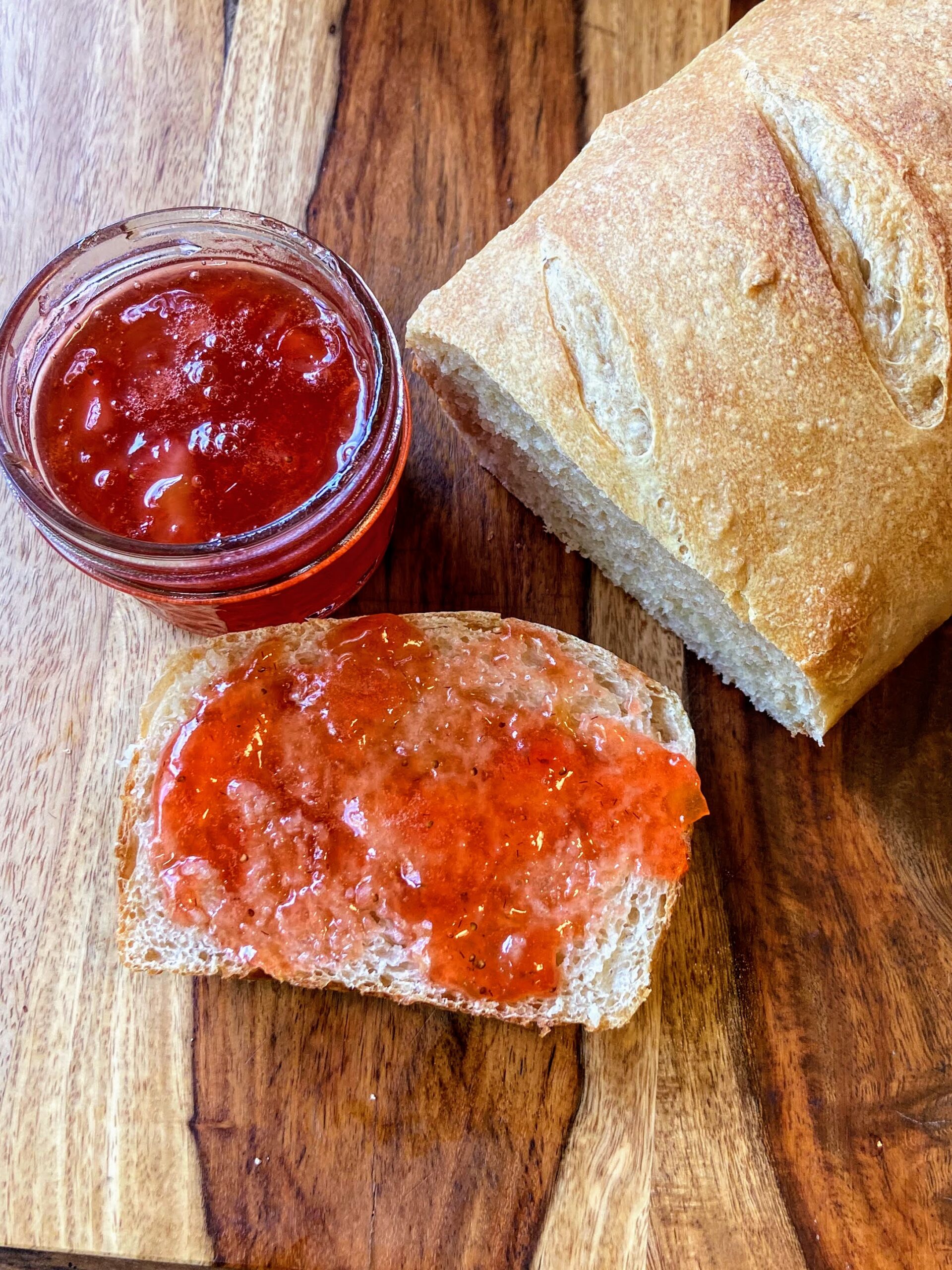
A FEW NOTES:
- Make sure you are using powdered pectin rather than liquid pectin. They do not set the same. Early in my canning career I didn’t know the difference and had a few batches of jelly never set.
- If you have never canned, you can reference the instructions within the pectin box for additional, more detailed directions.
- Sealed jars are shelf-stable, meaning they can be stored on a shelf unrefrigerated. If your jars don’t ping (a sign that they have sealed), they are still good. You will just need to store them in the refrigerator.
- Most sources recommend removing the rings from jars for storage so that you will know if they unseal for any reason. When I know they have sealed, I generally just loosen them as much as I can without removing them.

Rhubarb Strawberry Jam
Ingredients
- 3 cups diced strawberries
- 5 cups diced rhubarb
- 4 cups sugar
- ¼ cup lemon juice
- 1 package low sugar powdered pectin
- ¼ teaspoon butter optional
Instructions
- Prepare your water bath canner. Fill the canner with enough water so that once the jars are in the canner, they will be covered by at least one inch of water. Cover and begin to heat over a medium-high heat.
- Measure out sugar. Set aside.
- Place the rhubarb, strawberries, and lemon juice in a large, non reactive kettle. Add ¼ teaspoon of butter, if desired, to reduce foaming.
- Combine pectin and 1/4 cup of the sugar in a small bowl. Sprinkle over the fruit.
- Cook over medium high heat until a rolling boil is reached, stirring consistently. I like to cursh with a potato masher as the fruit starts to break down.
- Once a rolling boil is reached, slowly stir in sugar.
- Continue to stir until you reach another rolling boil that can not be stirred down. Once a rolling boil is reached, cook for 1 minute, stirring constantly.
- Ladle jam into prepared jelly jars, wipe the rims with a damp cloth, add lids, and tighten rings to fingertip tight. Put into the water bath canner. When the canner has a steady boil going, time and process for 10 minutes.
- Once the jam is done processing, remove the canner from heat and let jars rest in the water for an additional 5 minutes. Finally, remove jars from the canner and allow to cool for 12-24 hours before moving.
Notes
- Make sure you are using powdered pectin rather than liquid pectin. They do not set the same.
- If you have never canned, you can reference the instructions within the pectin box for additional, more detailed directions.
- Sealed jars are shelf-stable, meaning they can be stored on a shelf unrefrigerated. If your jars don’t ping (a sign that they have sealed), they are still good. You will just need to store them in the refrigerator.
- Most sources recommend removing the rings from jars for storage so that you will know if they unseal for any reason. I generally just loosen them as much as I can without removing them.
Looking for other recipes beyond rhubarb Strawberry jam?

